The OGM Interactive Canada Edition - Summer 2024 - Read Now!
View Past IssuesThe people, the players, the projects, the visions, the solutions, and the greatest minds on earth. We built islands in the sea. We created an industry where there was none before. Join us in a celebratory photo journey of the life and times of the oil and gas industry over the last 33 years. Way to go people!
At the age of 27, with no money, no resources, and no support, in a tiny back room, in my home on Signal Hill, St. John’s Newfoundland, I started The Oil and Gas Magazine.
At the time we named the first magazine Atlantic Canada Oil Works. The vision came in 1991 as news began to rise about the possibility of our oil and gas industry. Hibernia was the conversation of the day. It was the promise of a new era, new jobs, and welcomed opportunities.
With the fish moratorium looming it was the brightest spot we had in terms of our economic prosperity. Knowing little of publishing, oil, gas, or advertising sales, I found a way amongst a sea of nay-sayers. Every conversation supported the next.
Those who aligned with the vision progressed with us. With the support of local business people like David Rudofsky, Robinson-Blackmore Printing and Publishing, Dave Keating, and Kim Todd, May of 1992 saw the first magazine published. That was six years before we had any oil produced in the province of Newfoundland and Labrador. It was indeed a visionary foresight.
Exploration and Drilling Timeline for Atlantic Canada Offshore Resources 1812 – 1984. Source: NOIA
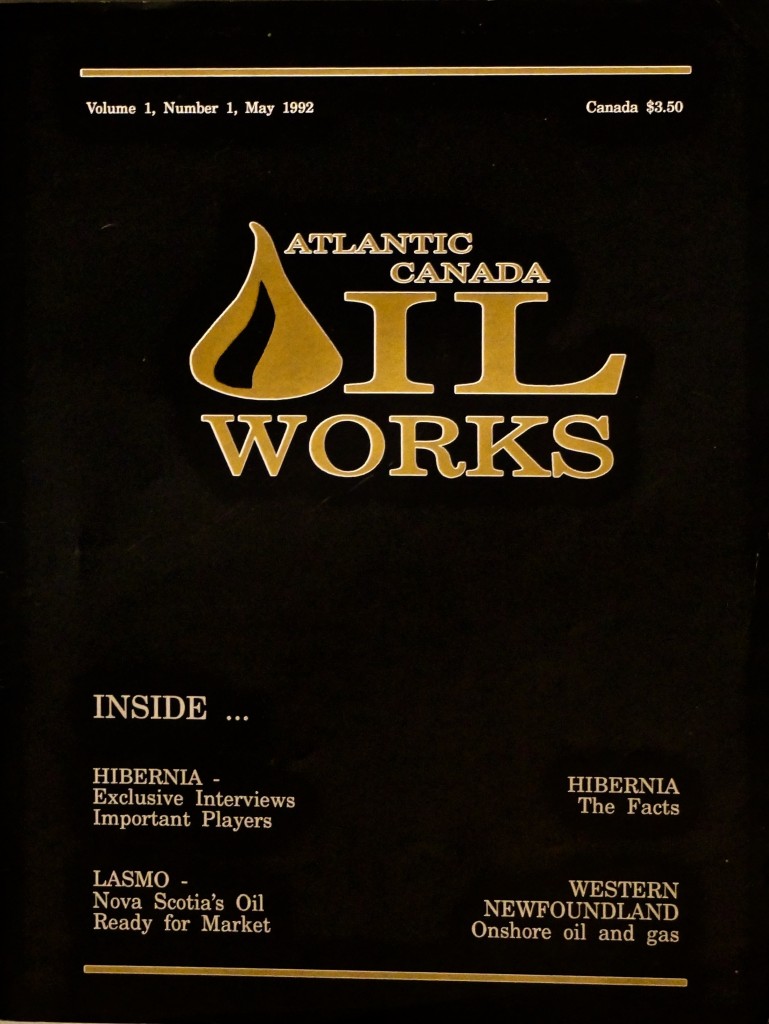
Exploration and Drilling Timeline for Atlantic Canada Offshore Resources 1985 – 1992. Source: NOIA
The Newfoundland Ocean Industries Association was in its infancy. An idea sparked in 1977 by Rob Stong and other oil and gas enthusiasts, NOIA grew to be a united resource that supported oil and gas development in the region. In 1992, Christine Fagan was the President of NOIA and Ruth Graham was the Executive Director. Two very strong visionary women led us into a time of prosperity and we are thankful!
A devastating blow to the oil and gas industry happened when Hibernia’s partner, Gulf pulled out of the project leaving a gaping hole in the consortium of partners. Things were not looking good. The first project touted to be the savior of the province was now in trouble again.
The government and business community lobbied the local and national decision-makers leading to a decision to have the Federal Government of Canada be the temporary final partner. This was the foresight and dedication it took to build the industry. John Crosbie and others in the business community traveled to Ottawa to meet with Jake Epp who was the Minister of Energy for Canada at the time. They worked it out, Hiberina was a go.
The sparking of Hibernia brought with it ideas of other on-land oil developments, on the west coast of Newfoundland. The Hunt-PanCanadian Port au Port #1 well was drilled on the west coast, in the Spring of 1995.
Exploration and Drilling Timeline for Atlantic Canada Offshore Resources – 1993 – 1998.
Source: NOIA (EnergyNL)
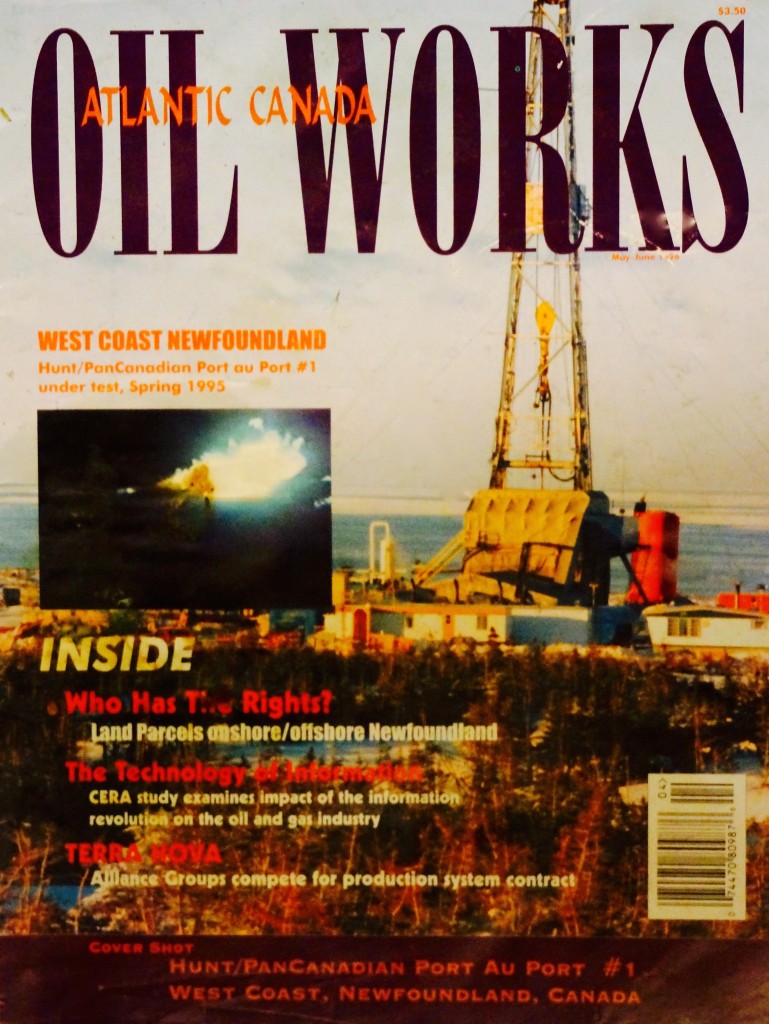
With the onset of Hibernia, Atlantic Canada became a global topic of conversation. A new frontier that had resources believed to equal that of the North Sea. Technology and innovation supported the advancement of oil and gas developments. Highly respected people and organizations like the Cambridge Energy Research Association, headed by Daniel Yergin, led industry-leading conversations that paved the way to our success.
Six years after the Hibernia project was signed it geared up for oil production. A technological feat of great minds, this island in the sea was a construction phenomenon of global proportion. The project attracted expertise from the UK, Norway, and Texas.
There were people from all over the world, transferring knowledge and technology to develop the projects. Terra Nova’s development plan began simultaneously. It was an exciting time of progress for Atlantic Canada.
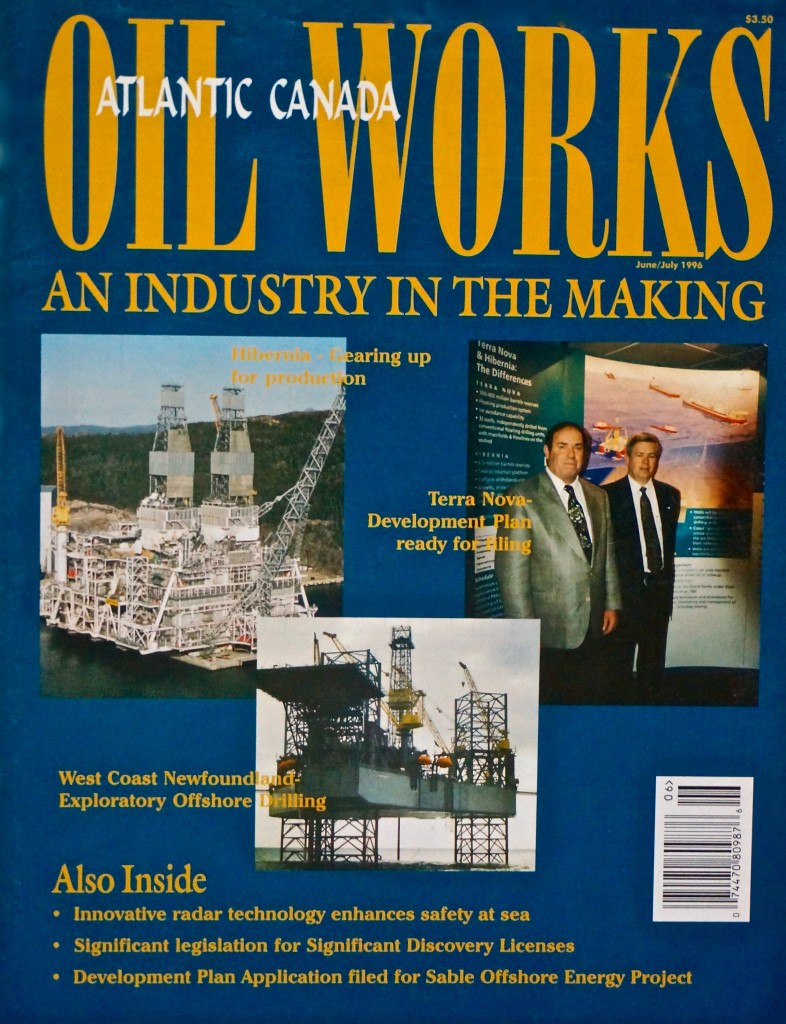
Creating an oil and gas industry offshore took an echelon of visionaries and progressive pioneers. Oil companies, major contractors, sub-contractors, and suppliers came together to build an industry. As the oil and gas industry grew, the natural course of expansion took place and local companies traveled to global conferences and exhibitions promoting our region as well as exporting their products and services.
Veteran industry leaders are seen here in the photo below: Colin Dyer, Clyde Woodward, Dr. Rex Gibbons (who was the Minister of Natural Resources at the time), and industry leader Fred Murrin. Each person is instrumental in the development of the oil and gas industry in Newfoundland and Labrador.
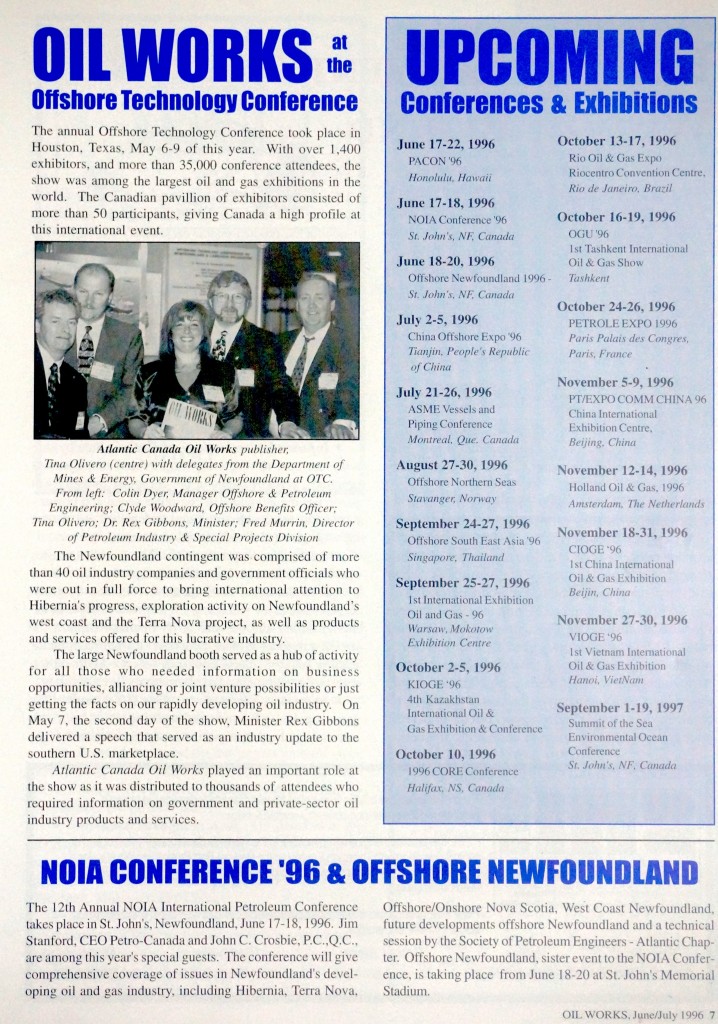
Building on Hibernia’s first oil success in 1998, the Terra Nova project came on stream. Taking a different production approach, the consortium members opted for a Floating Production Storage Offloading Vessel (FPSO). It was the first time such an oil and gas solution had operated in Newfoundland’s offshore.
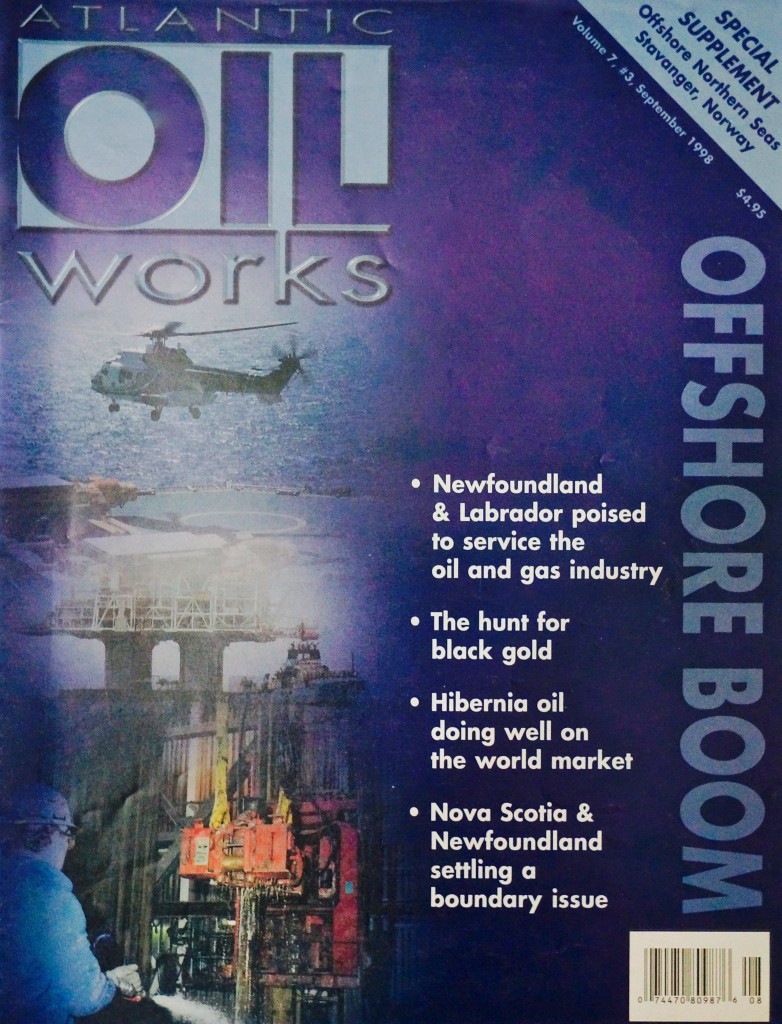
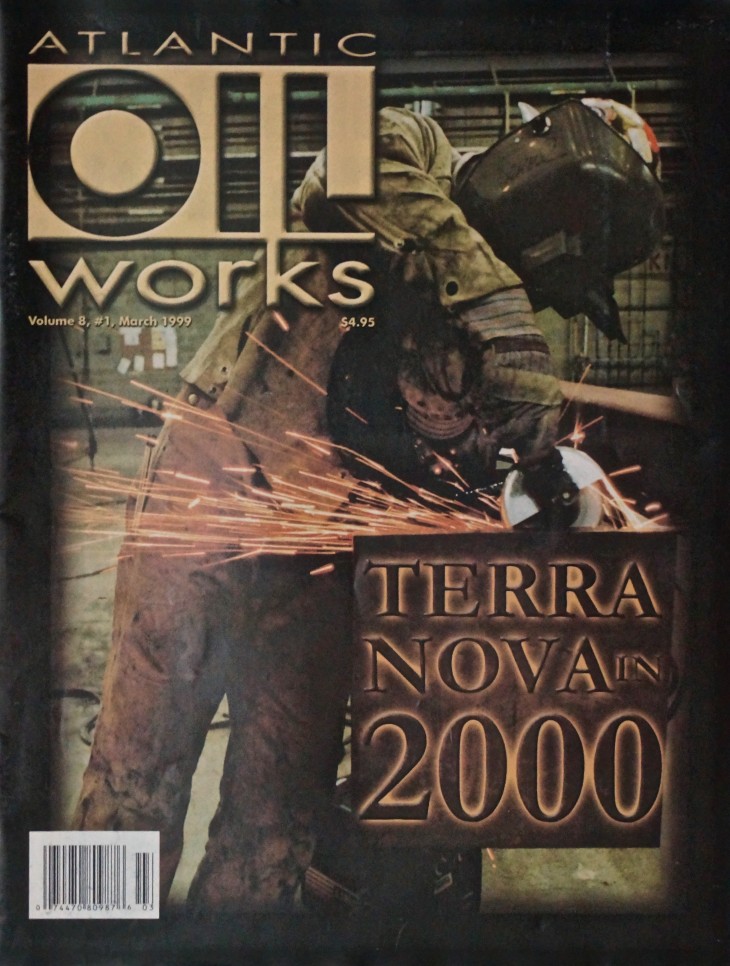
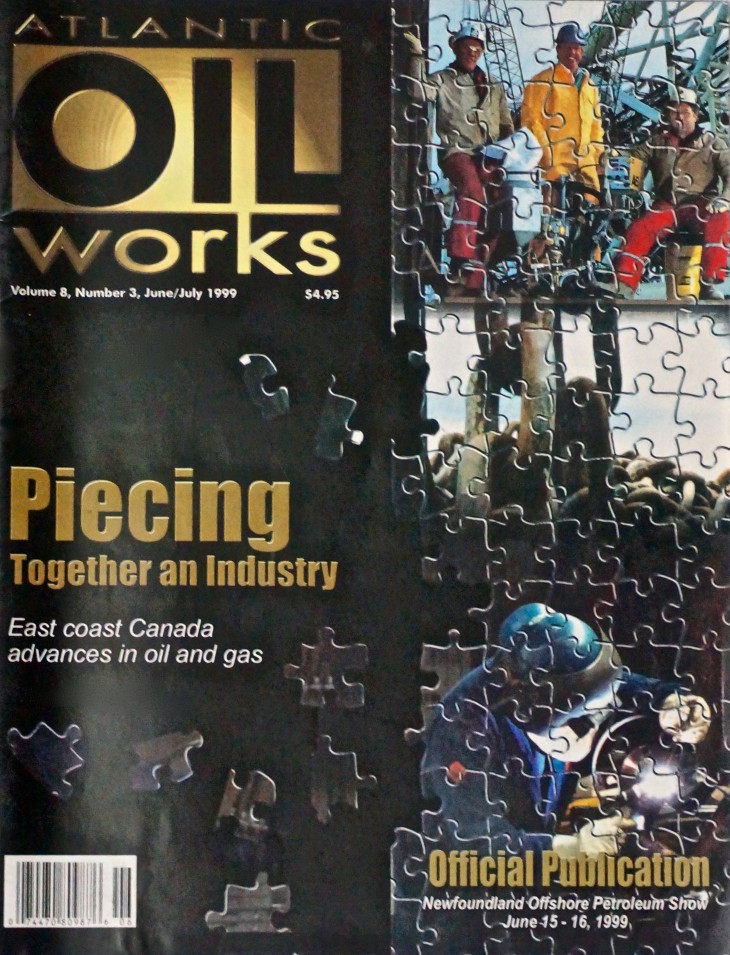
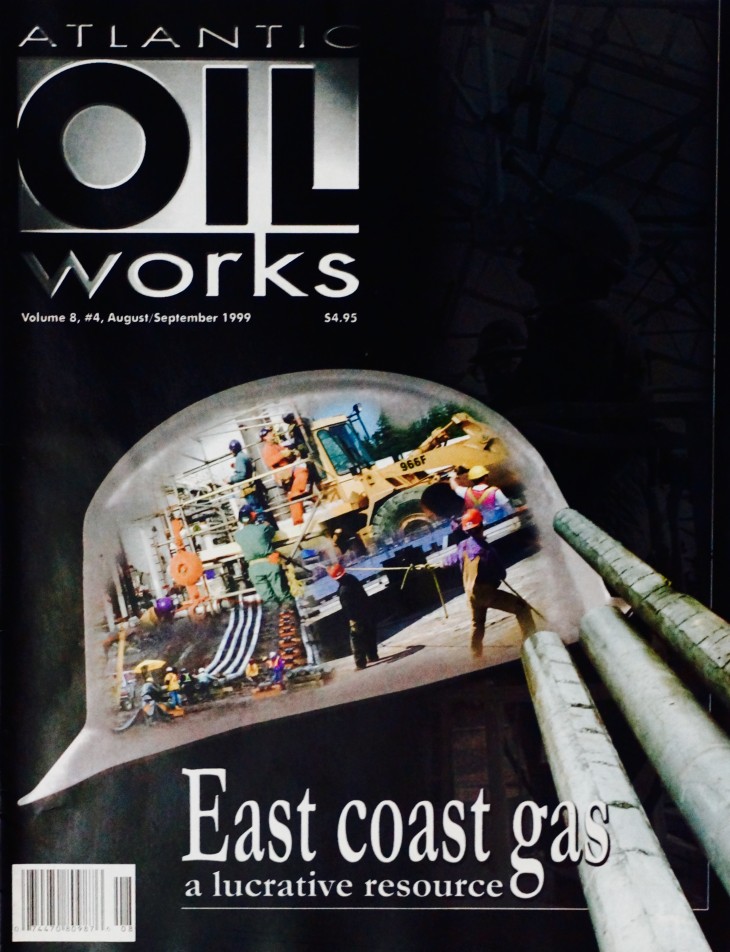
Exploration and Drilling Timeline for Atlantic Canada Offshore Resources – 2000 – 2003. Source: NOIA
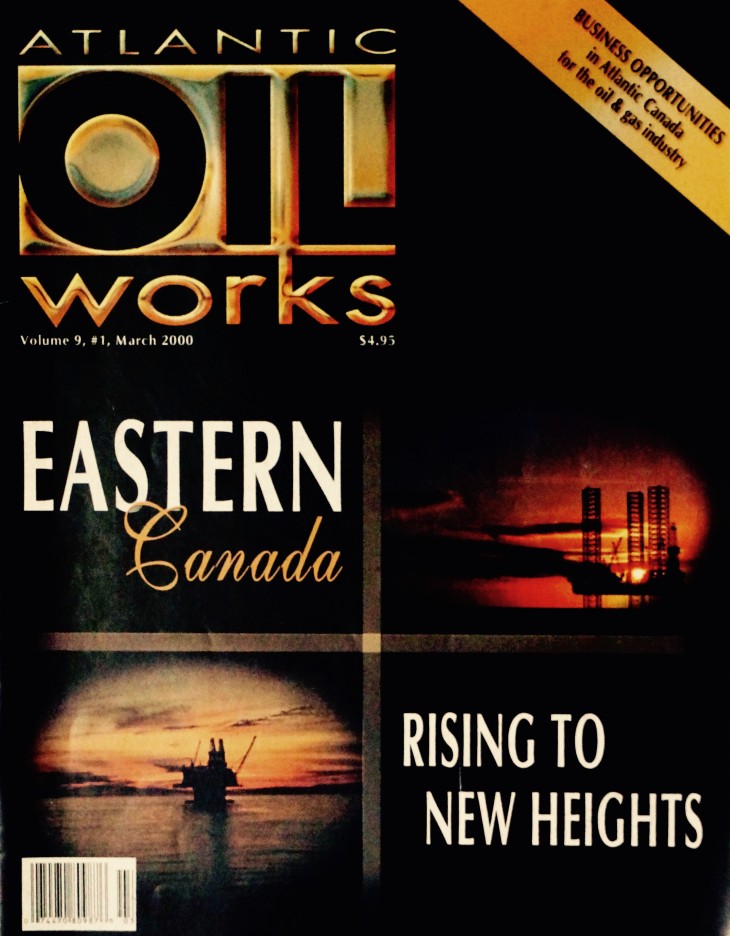
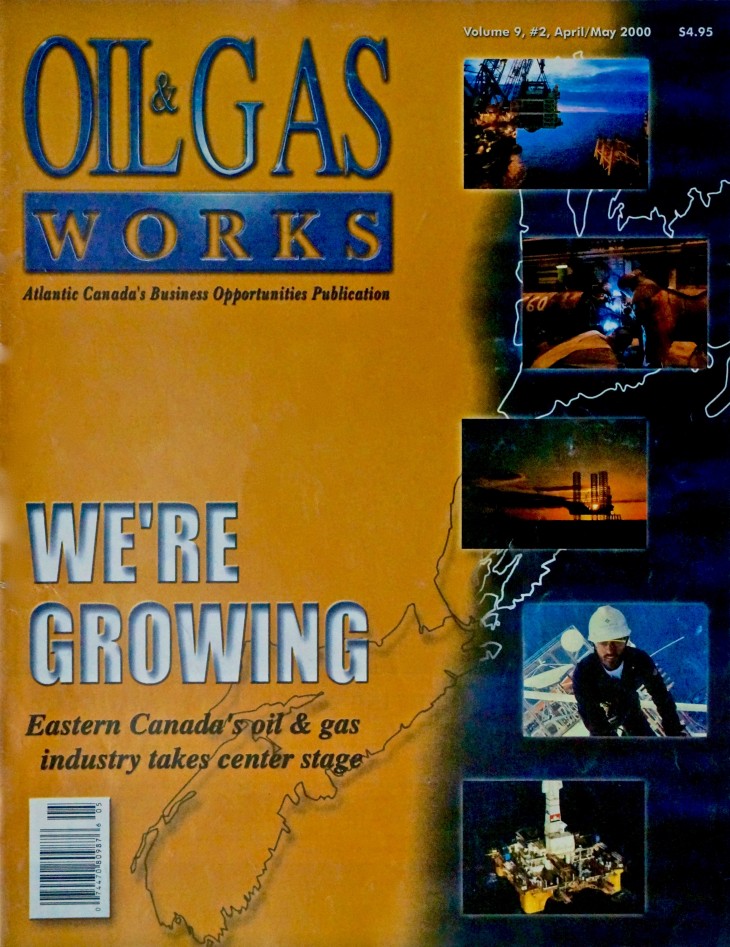
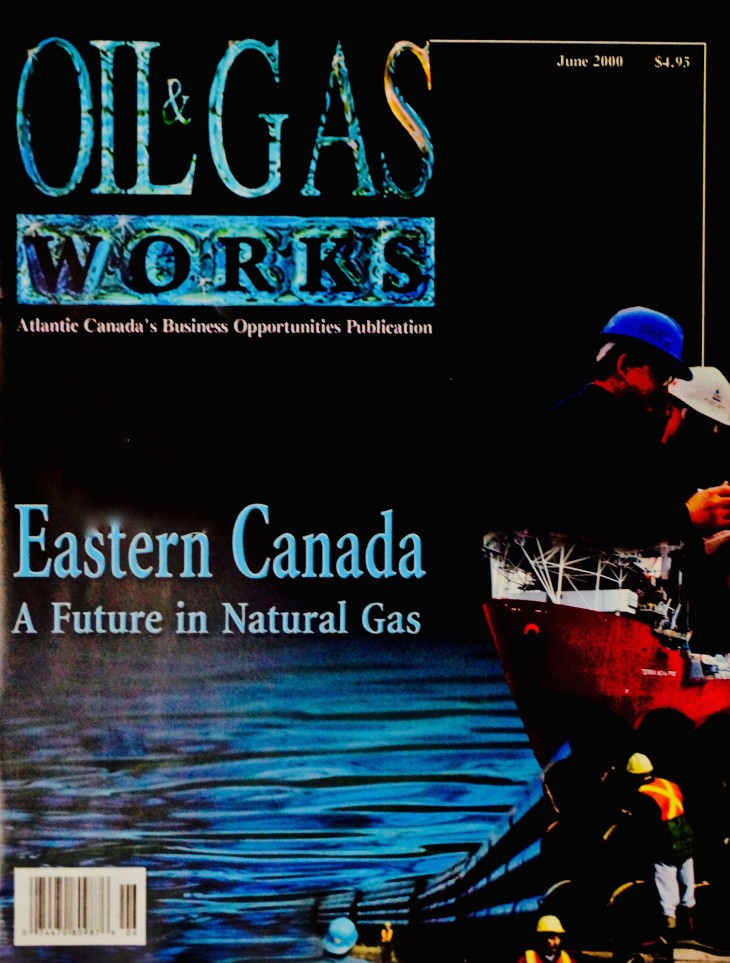
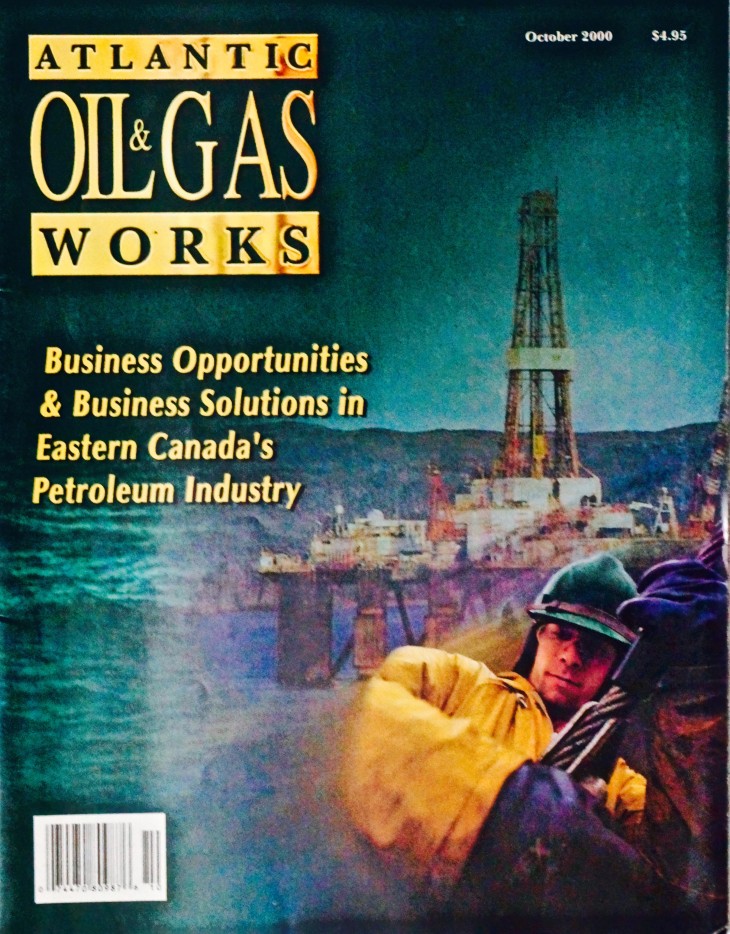
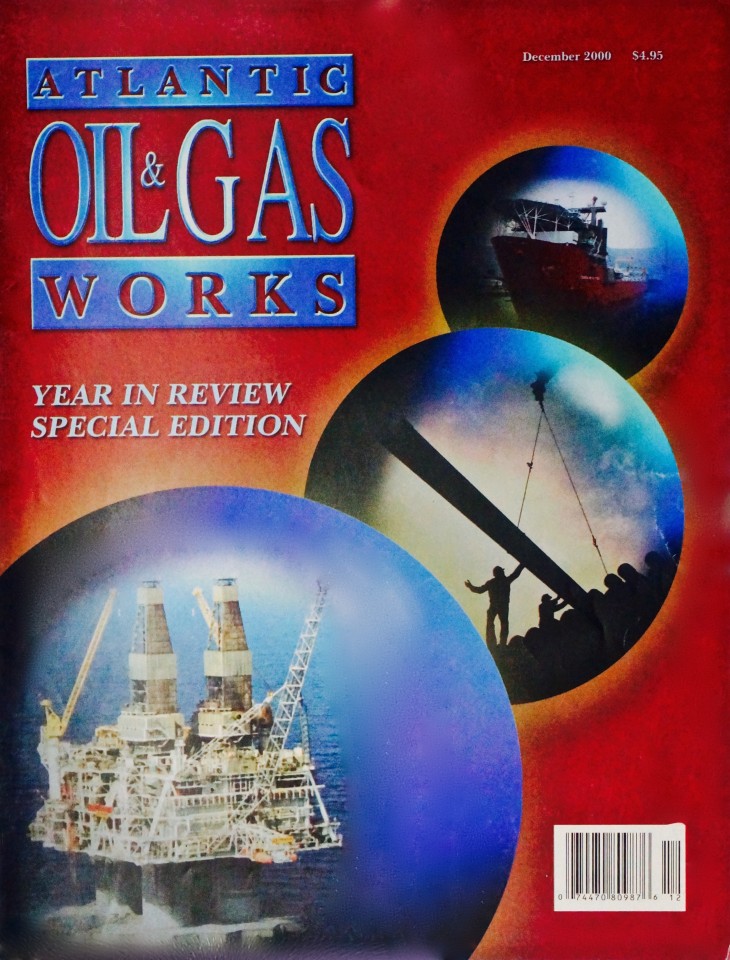
2001 Deep Panuke project (PanCanadian Petroleum), offshore Nova Scotia, announced White Rose milestones: C-NLOPB approves Development Application (Husky Oil Operations).
McCully (Corridor Resources) milestones – #2 well reaches total depth; flow testing completed.
D-48 drilling begins at Point Tupper Lateral (M&NP) ready to deliver natural gas
Terra Nova milestones: FPSO departs Bull Arm for sea trials; first well drilled into Far East Block
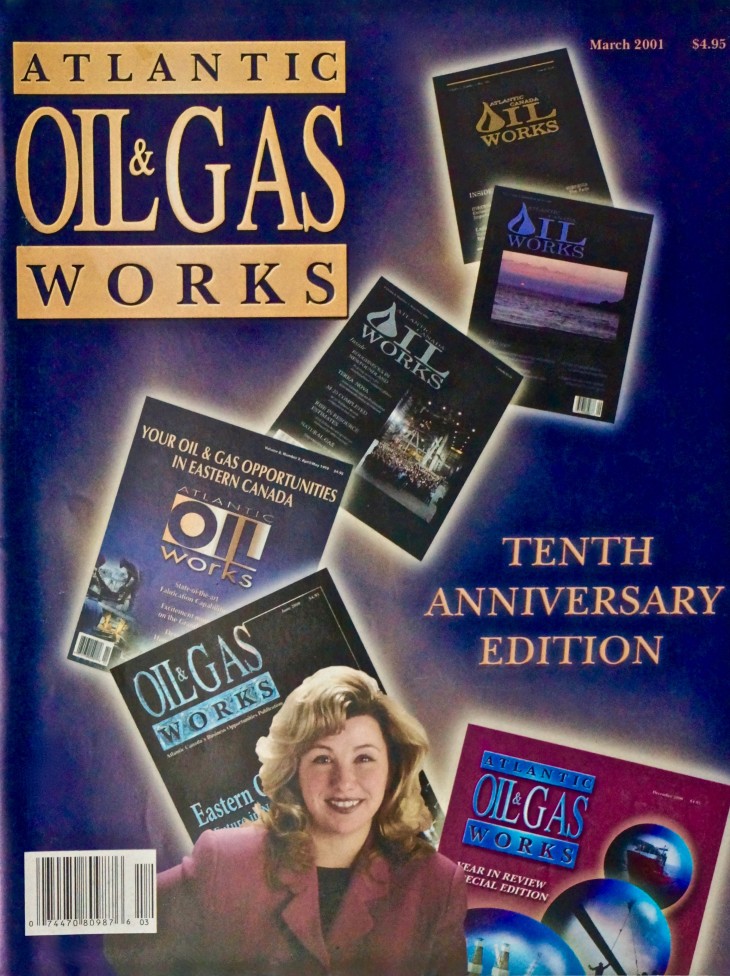
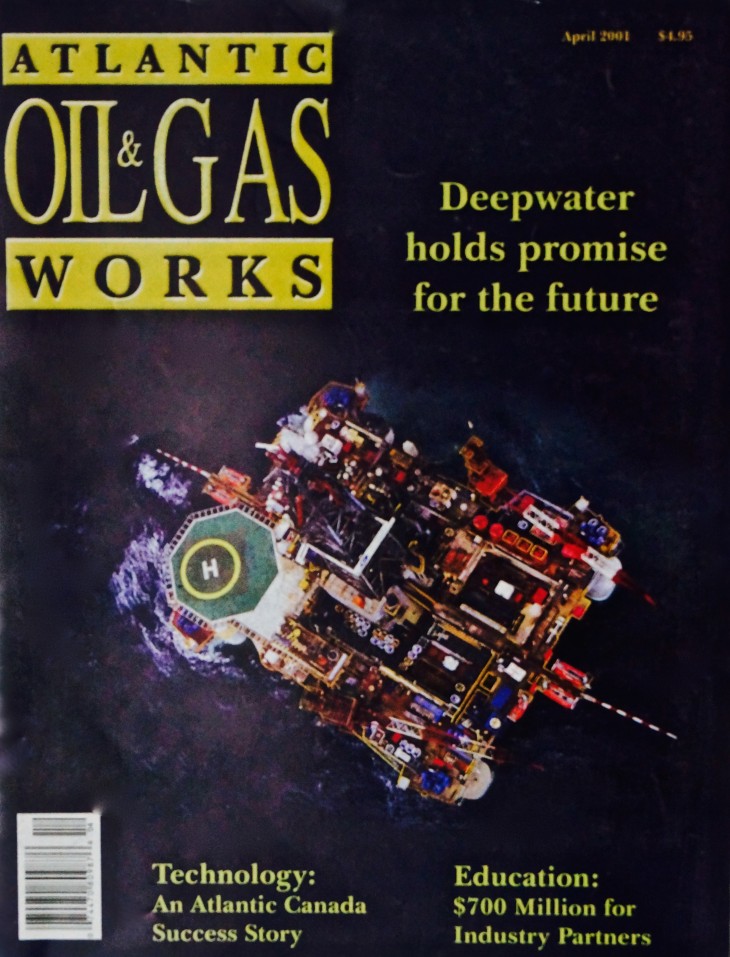
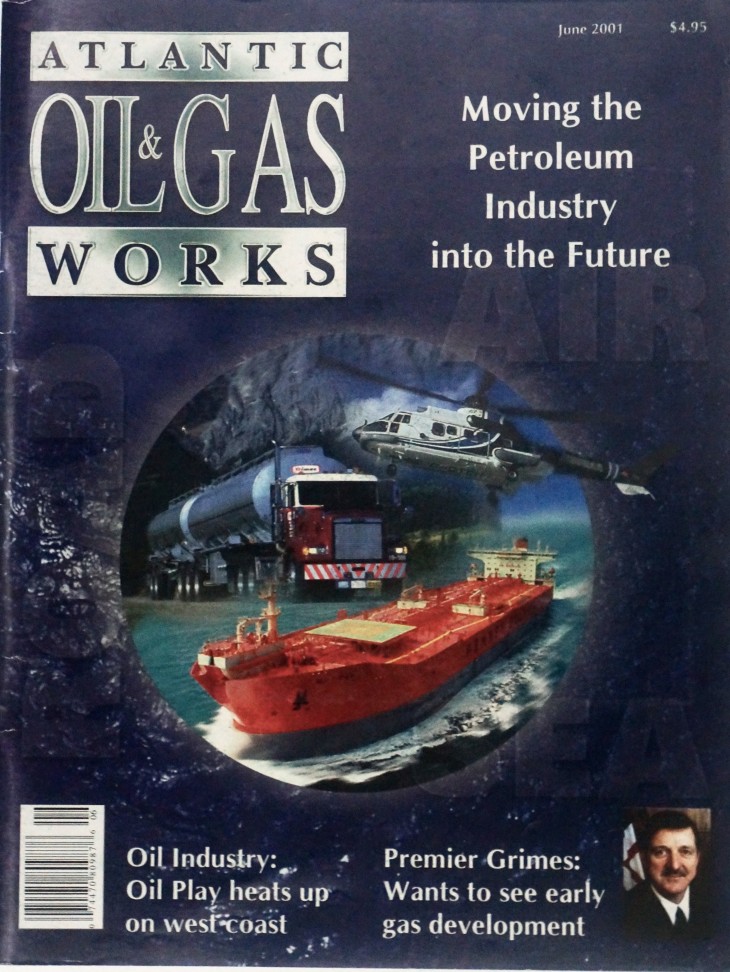
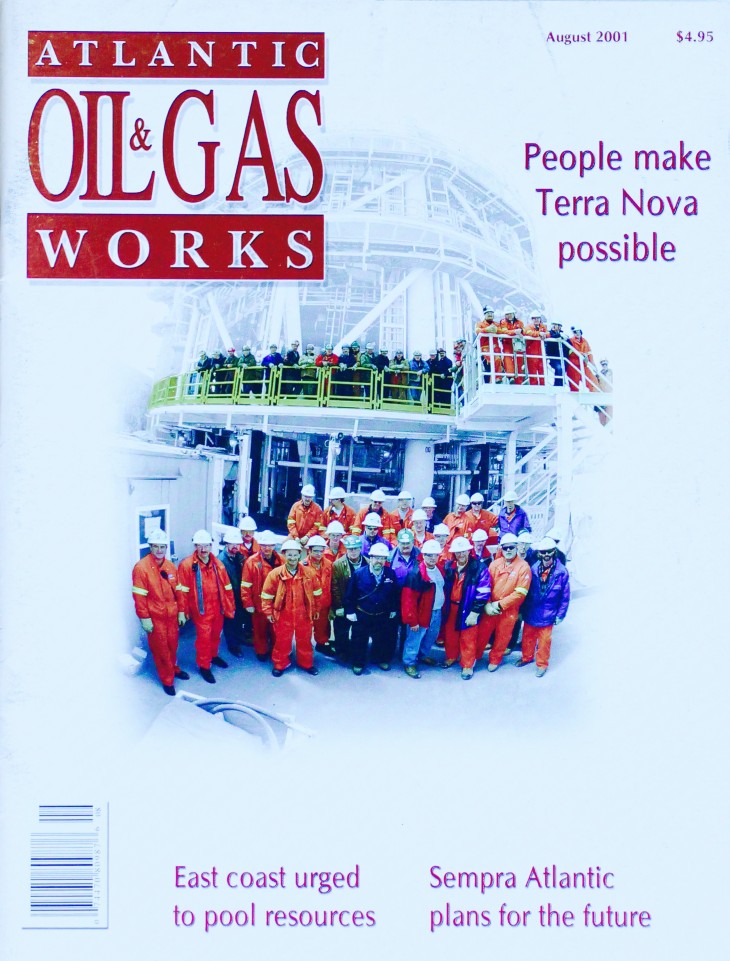
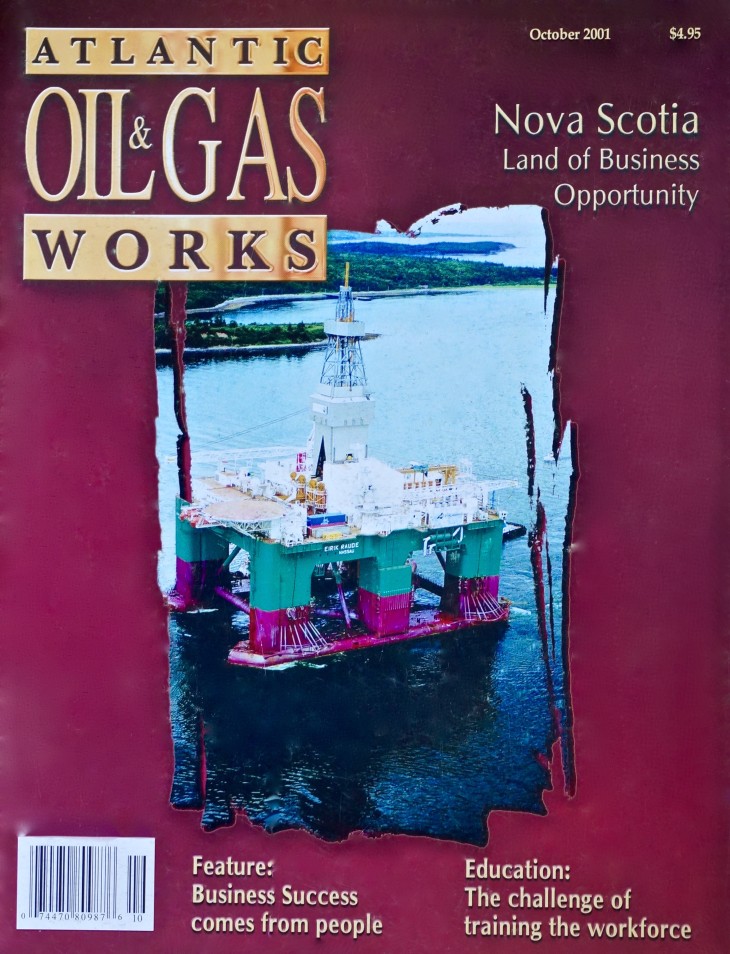
2002 Captain Cook #1, West Coast NL (Vulcan Minerals) drilling begins Terra Nova produces first oil McCully D-48 (Corridor Resources) drilling completed White Rose.
Husky Energy sanctions project; Marystown fabrication facilities acquired for White Rose topsides fabrication.
Annapolis G-24 deepwater well offshore NS (Marathon Oil) strikes gas Deep Panuke public review undertaken jointly by C-NSOPB and NEB M&NP Phase IV expansion receives regulatory approval
2003 Study assessing risk from iceberg scour on Labrador Shelf released by C-CORE EnCana requests suspension of timelines on the Deep Panuke Project Hibernia oil production increased from 180,000 bpd to 220,000 bpd.
Bull Arm, NL leased for topsides fabrication.
NEWDOCK (St. John’s) undertakes subsea manifold fabrication Marine CNG Centre of Excellence at Memorial University announced (EnerSea Canada).
Orphan Basin offshore NL draws over $670 million in exploration commitments First gas from Alma field, SOEP Tier II.
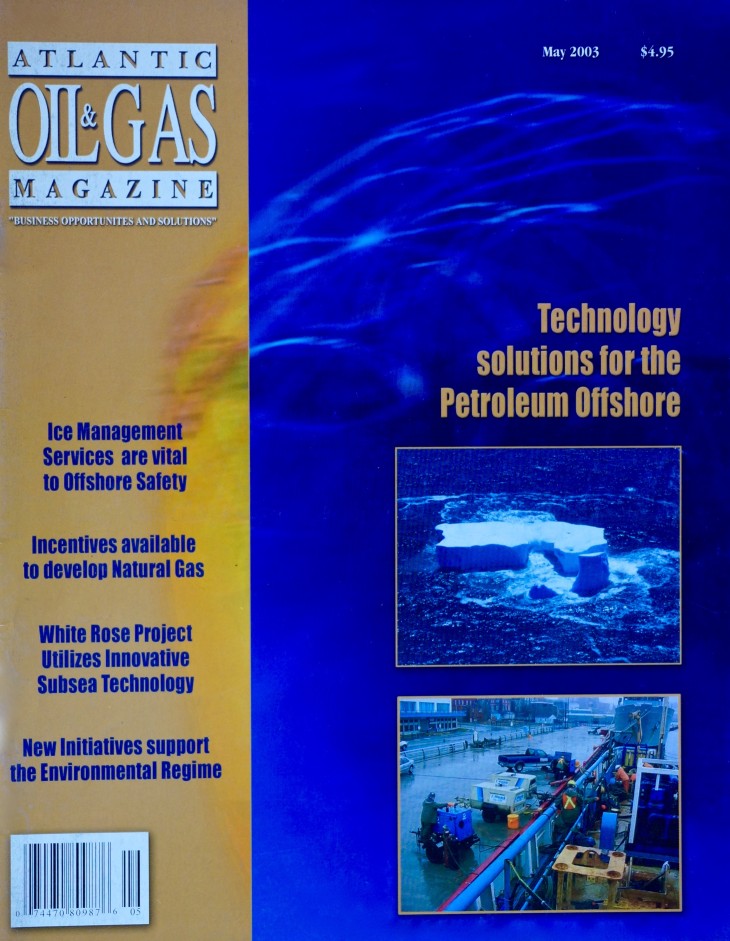
Working offshore on the Hibernia platform meant having to adhere to the conditions of the dangerous Atlantic Ocean. Mighty waves, foggy conditions, and icebergs were offshore considerations that required great consideration and care as new safety regimes were put in place to keep people safe. With projects of this magnitude, there is always a risk of loss of life. Given the sinking of the exploratory drilling rig the Ocean Ranger in previous years, the operators and major contractors took the time to consider safety at every turn. Safety was number one!
The year 2000 saw the dream of Terra Nova come to fruition. With Hibernia well underway and billions of dollars spent on construction, the economic climate was picking up and prosperity started to trickle into the homes of the local people, in the form of jobs, companies, and to the province in the form of royalties.
1999 spudded the first online experiences for content. People began to harness the possibilities of the internet. At the time, they called it the “super highway”. This new technology was opening up to the world wide web. For the first time, we would no longer be bound by geography. This was a life-transforming time for people and businesses. Information became more readily available. Progress would speed up as a result.
The first decade of the oil and gas industry in Atlantic Canada saw many milestones offshore Newfoundland and Nova Scotia.
Oil and gas projects quickly became the foundation of the economy and offered the people of the region an entirely new level of hope. Newfoundland and Nova Scotia were showing promise of oil and gas and the early 70s and 80s drilling operations.
Exploration and Drilling Timeline for Atlantic Canada Offshore Resources – 2004 – 2016.
Source: NOIA (EnergyNL)
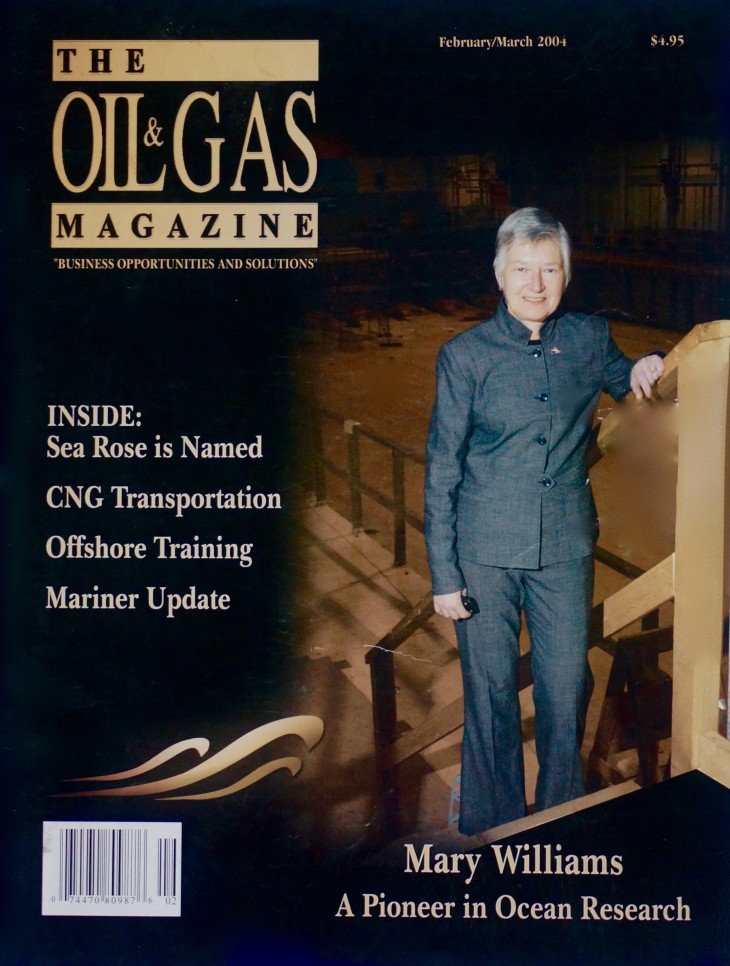
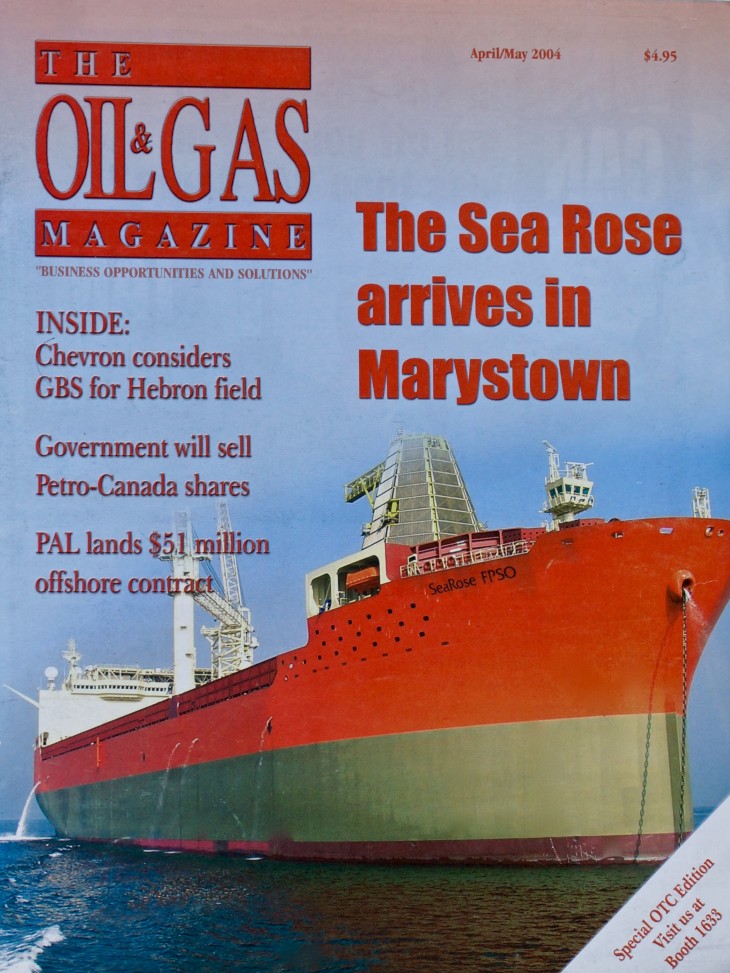
2005 Hebron – Ben Nevis development JOA announced by Chevron Canada and partners (ExxonMobil, Petro-Canada and Norsk Hydro).
Rowan Gorilla VI, the first jack-up used offshore NL, spuds well in South Whale Basin (Husky Energy).
White Rose milestones: SeaRose hookup and commissioning completed, departs Marystown, NL [07].
SeaRose arrives at White Rose Field, offshore NL.
first oil Construction begins at the Canaport LNG terminal in Saint John, NB.
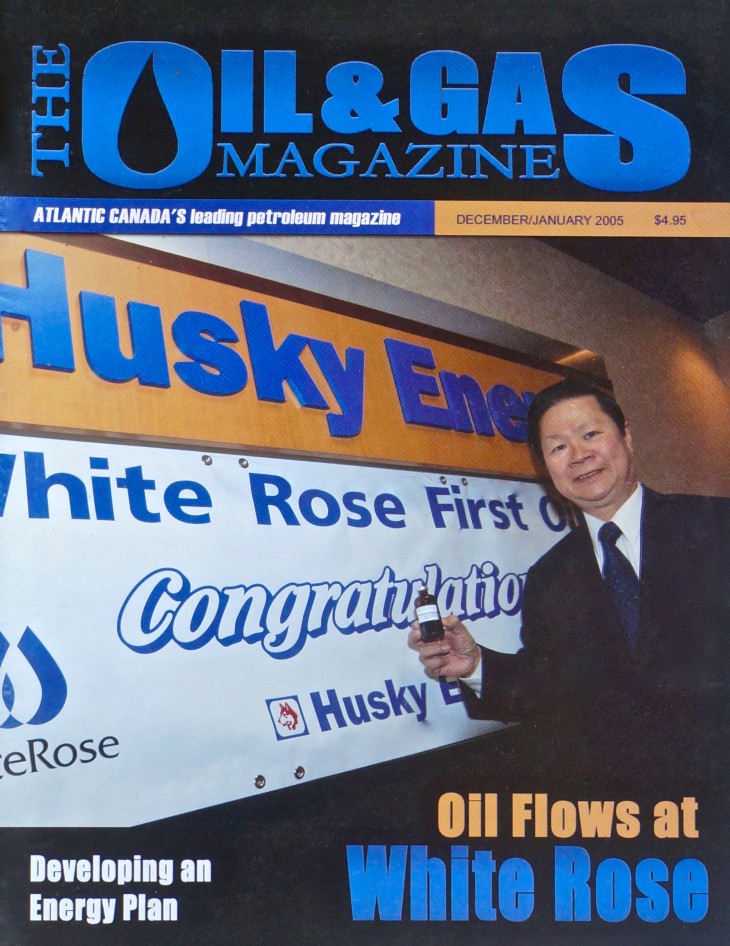
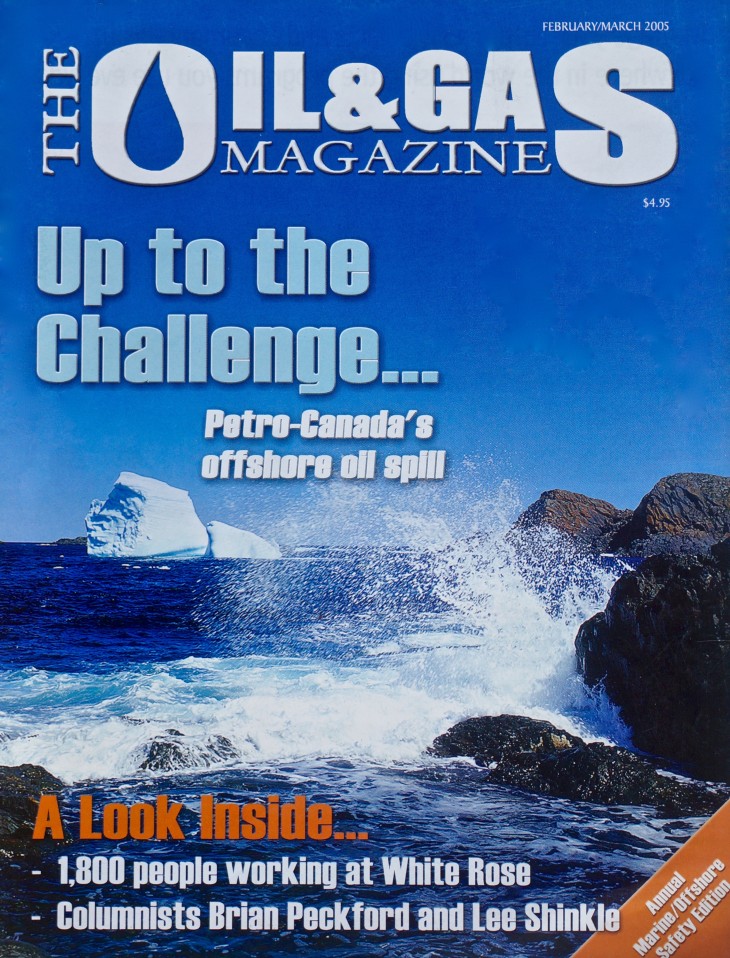
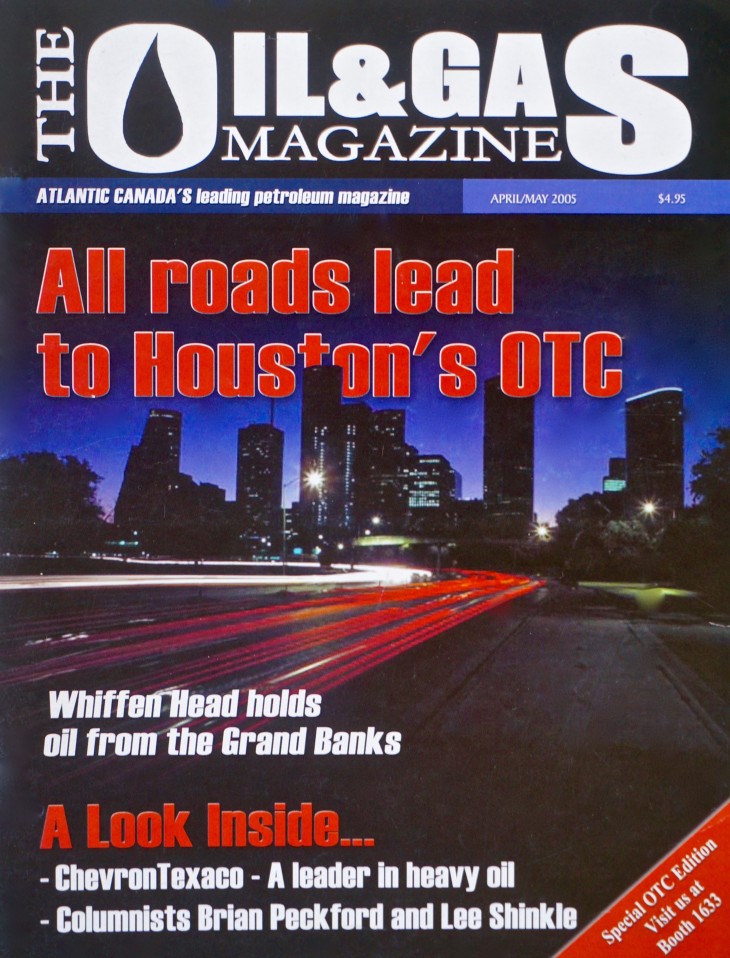
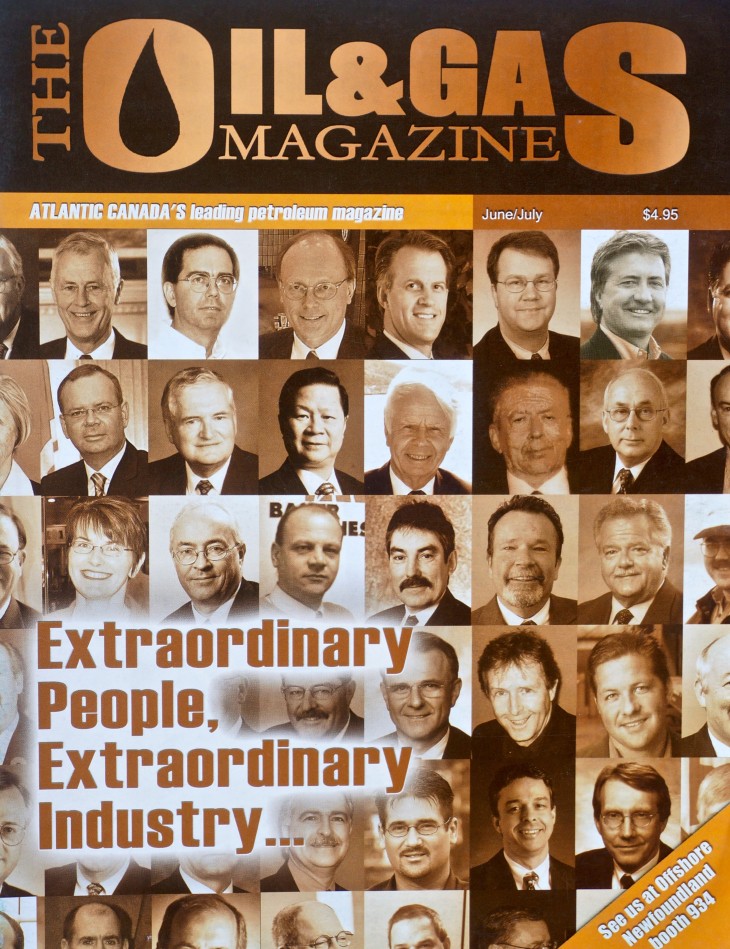
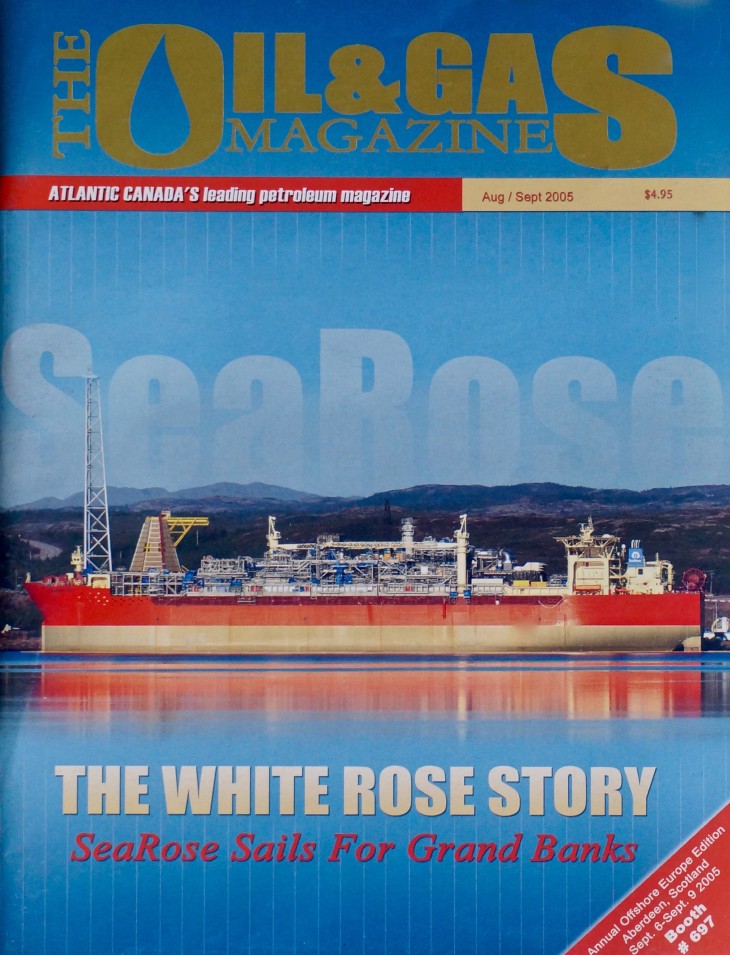
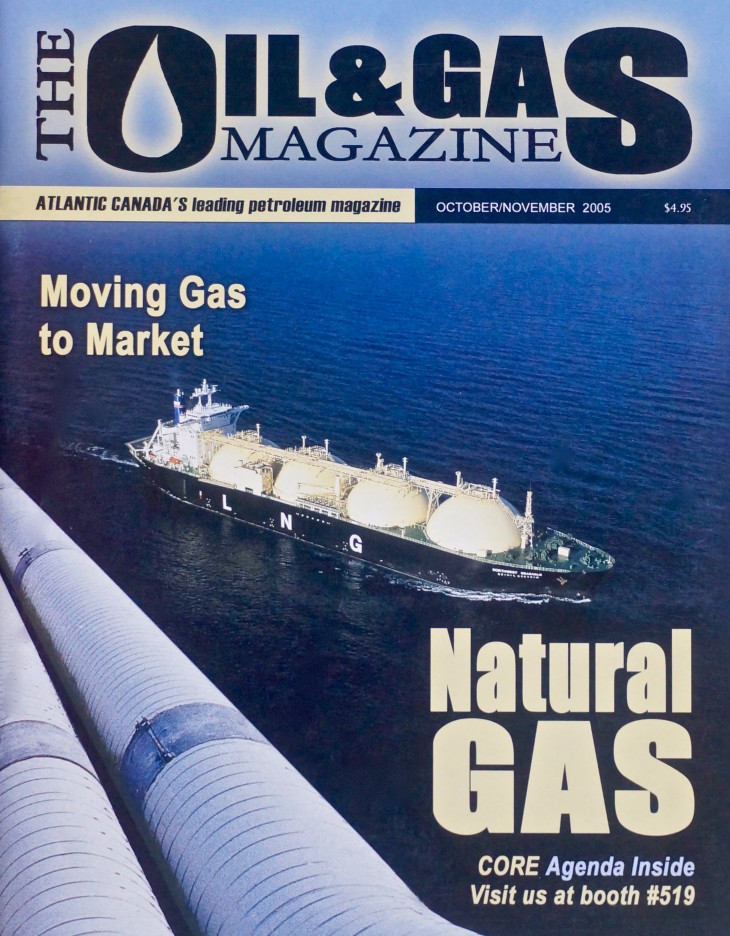
2006 Deep Panuke Offshore Strategic Energy Agreement (OSEA) signed by EnCana and GNS Orphan Basin first exploration drilling begins (Chevron) West Bonne Bay SDL delineation drilling confirms hydrocarbon (Norsk Hydro, Husky Energy)
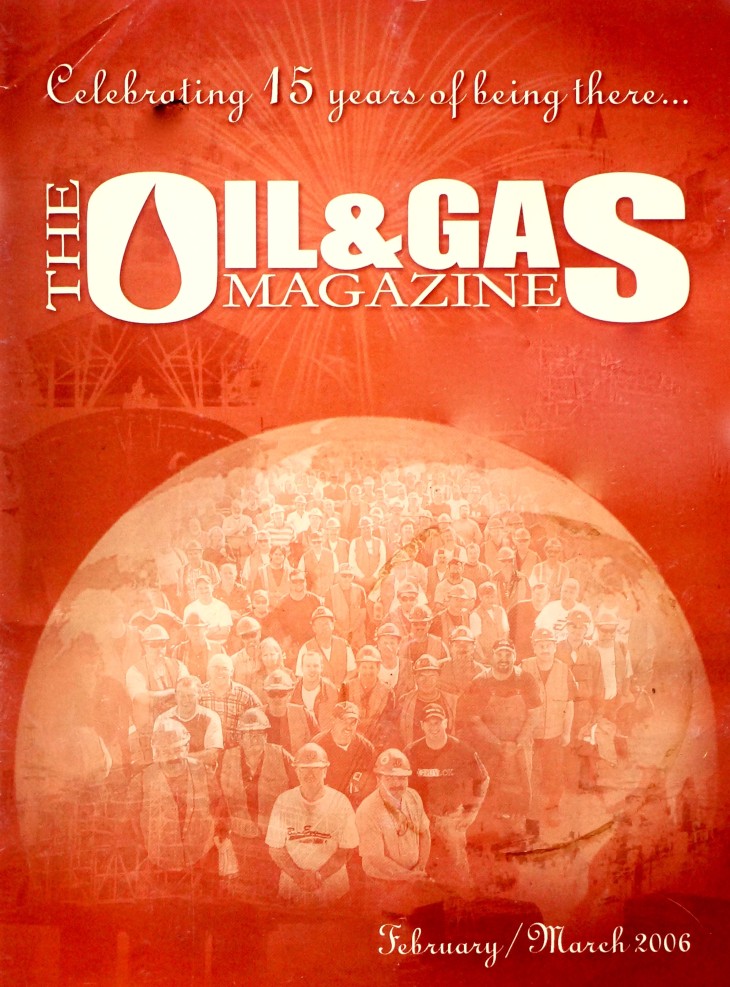
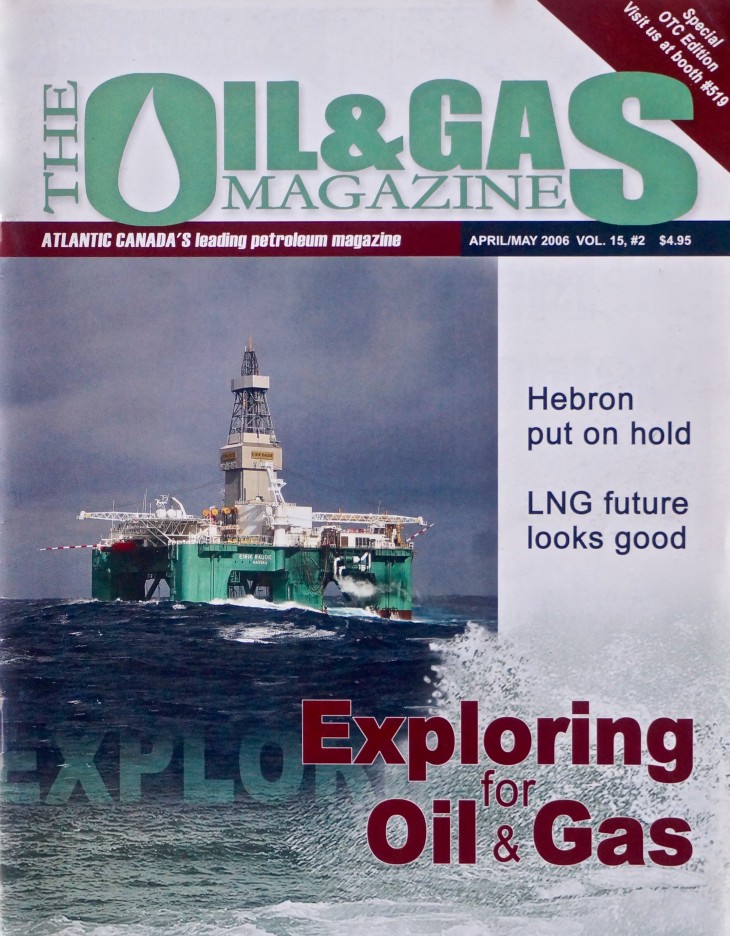
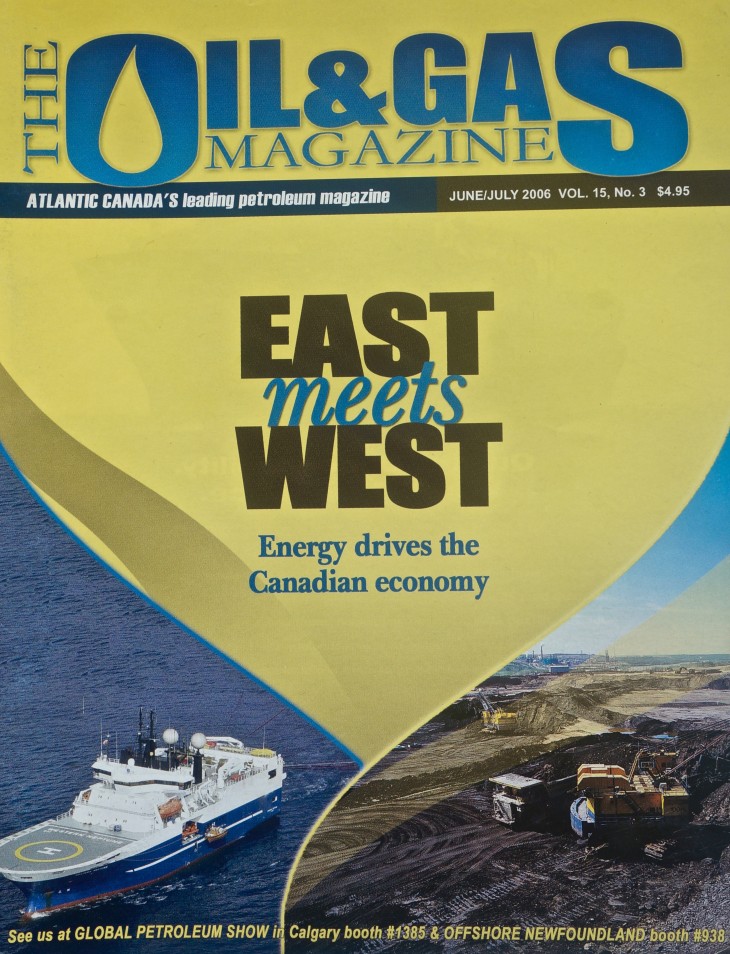
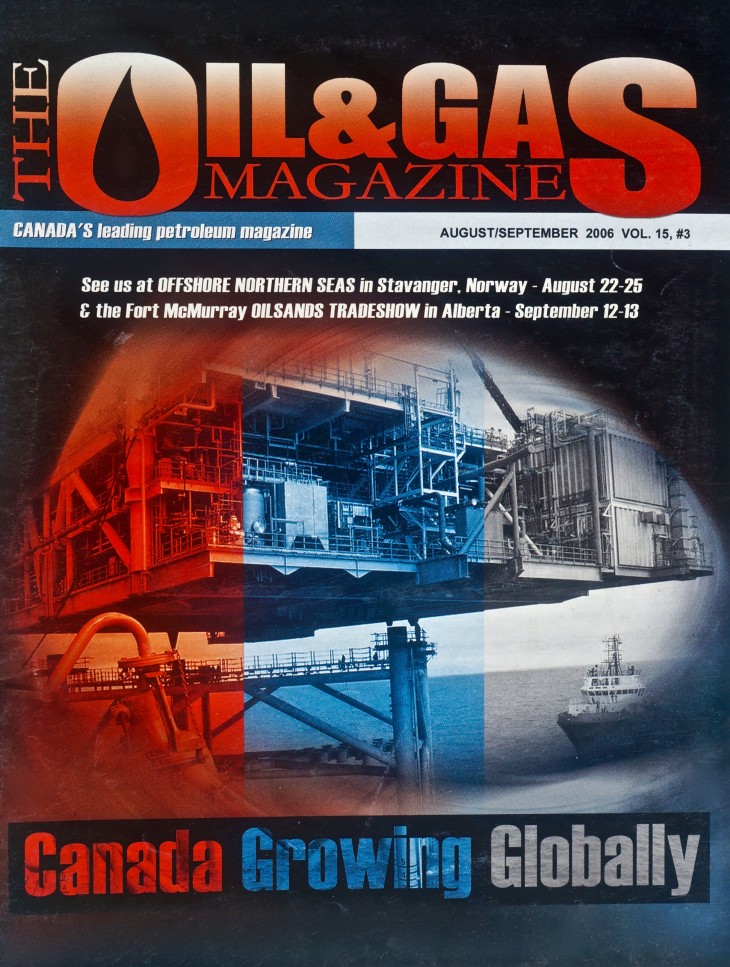
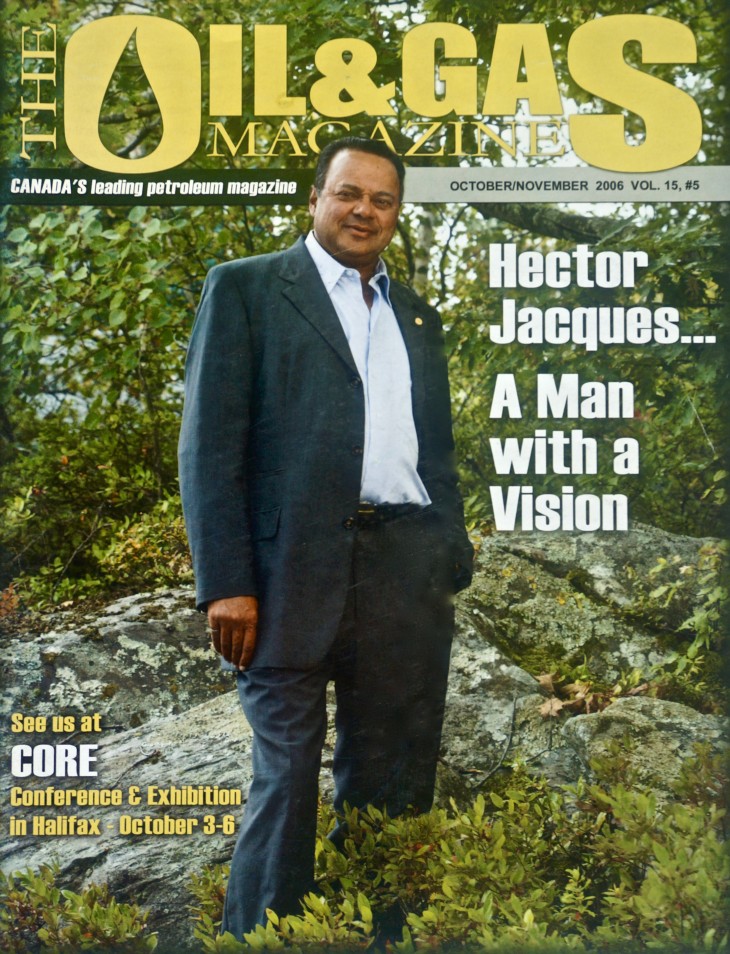
2007 First gas at McCully (Corridor Resources)
GNL and Hebron Consortium sign MOU regarding the development of field GNL releases Energy Plan, introduces Energy Corporation – Nalcor Energy.
Deep Panuke receives governmental approval and project sanction White Rose milestone: Formal agreement between GNL and Husky Energy for the White Rose expansion project.
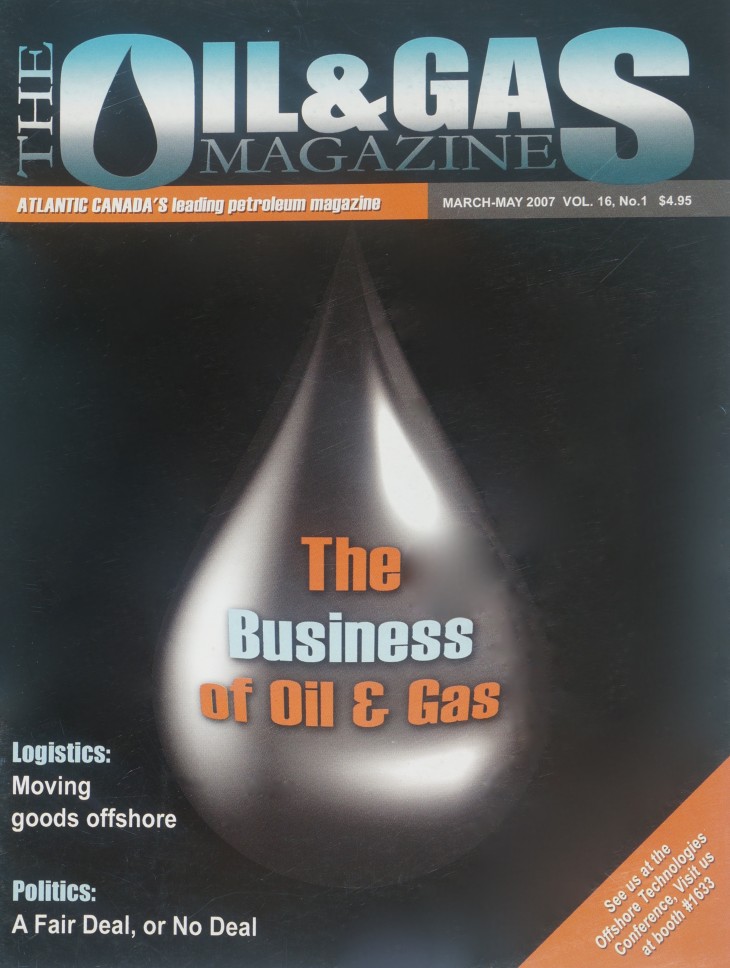
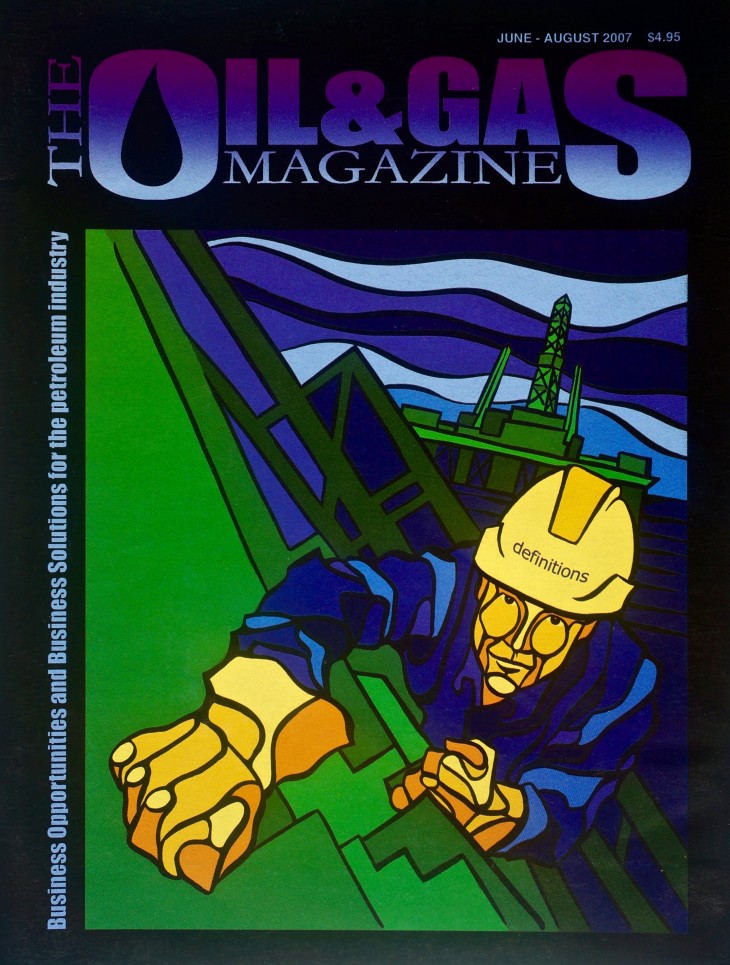
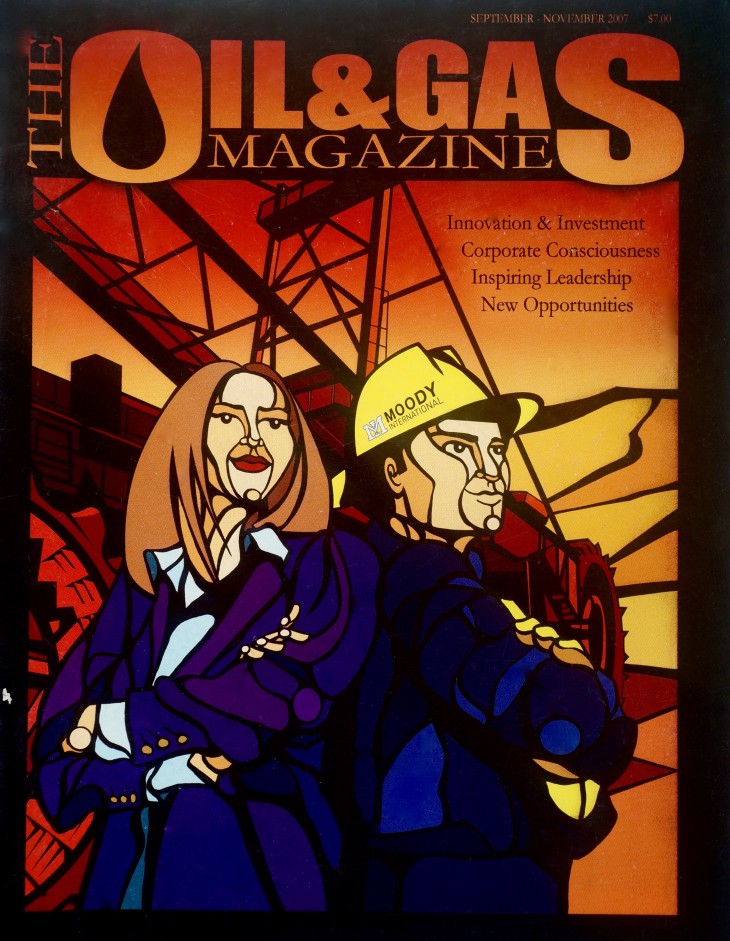
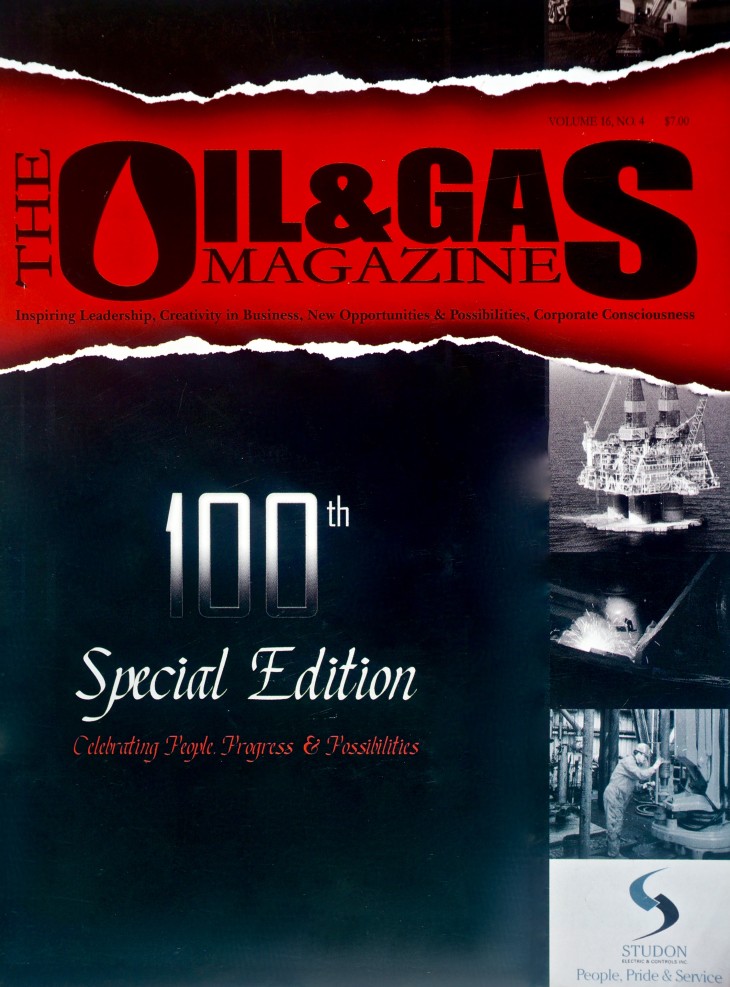
2008 Rig sharing agreement announced between StatoilHydro, Husky Energy & Petro-Canada Formal agreement between GNL and Hebron partners for the development of Hebron field.
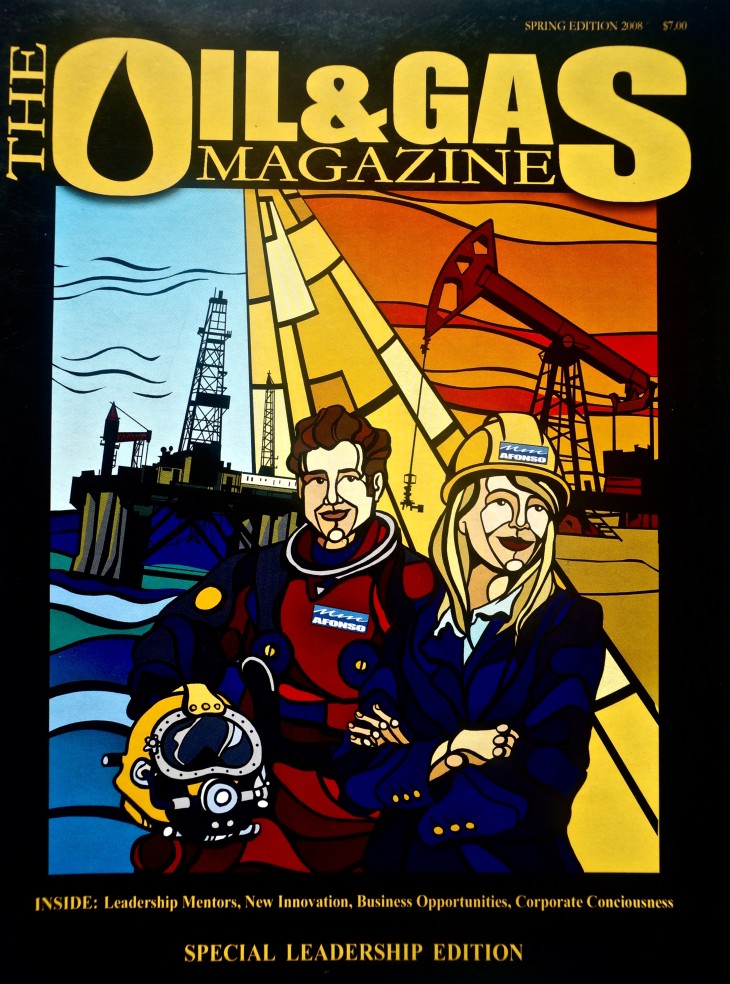
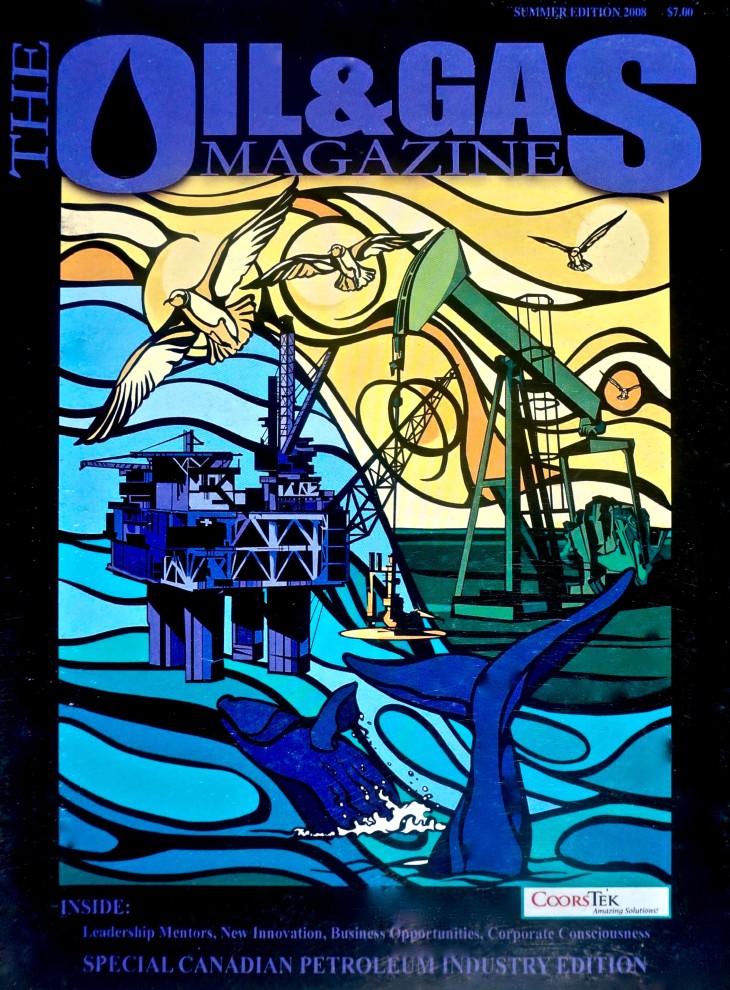
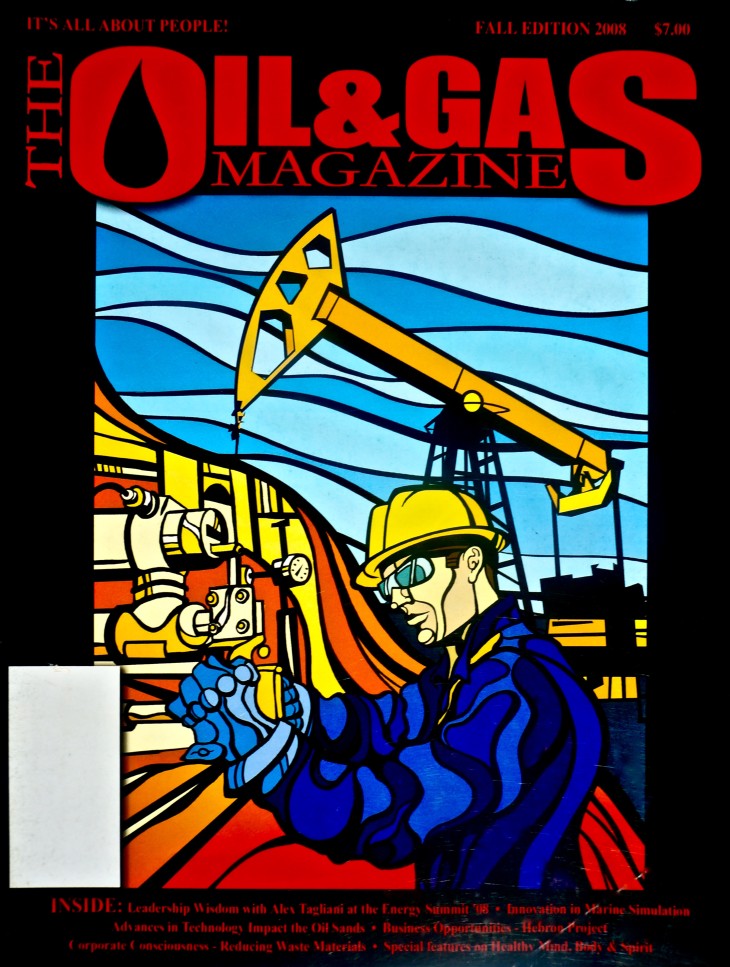
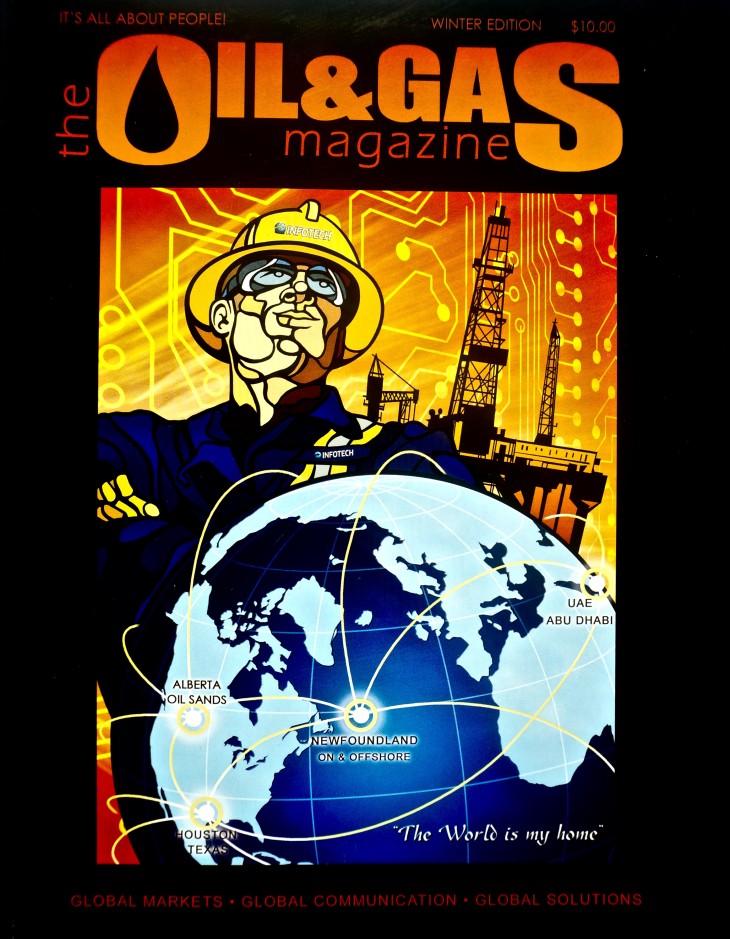
2009 NL offshore projects reach 1 billion barrels produced
Cougar Helicopter Flight 491 ditches in Atlantic Ocean offshore NL; 17 lives lost, one survivor.
An offshore Inquiry was established to recommend improvements to safety for helicopter transport.
StatoilHydro announces discovery in Flemish Pass, on Mizzen Prospect.
Nalcor Energy acquires 67 percent working interest in three permits at Parsons Pond.
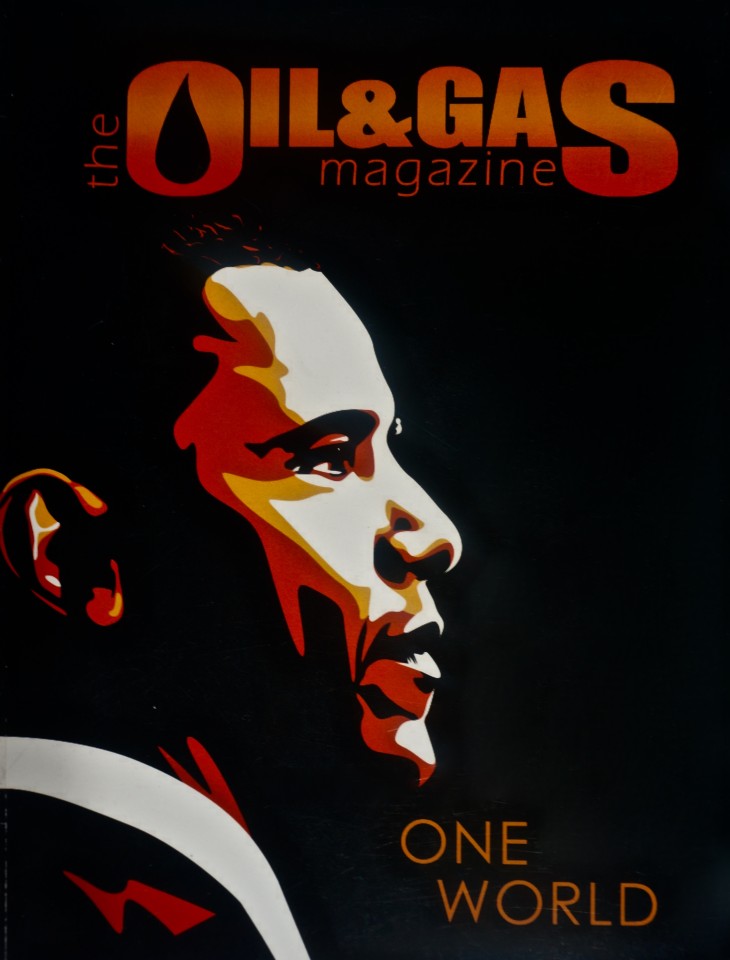
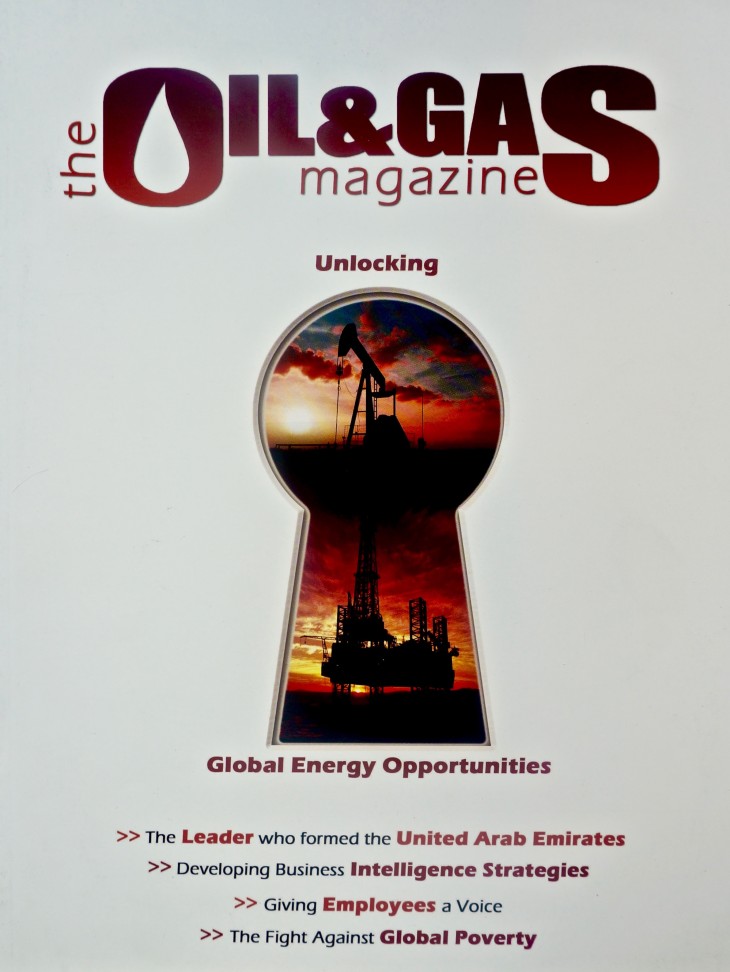
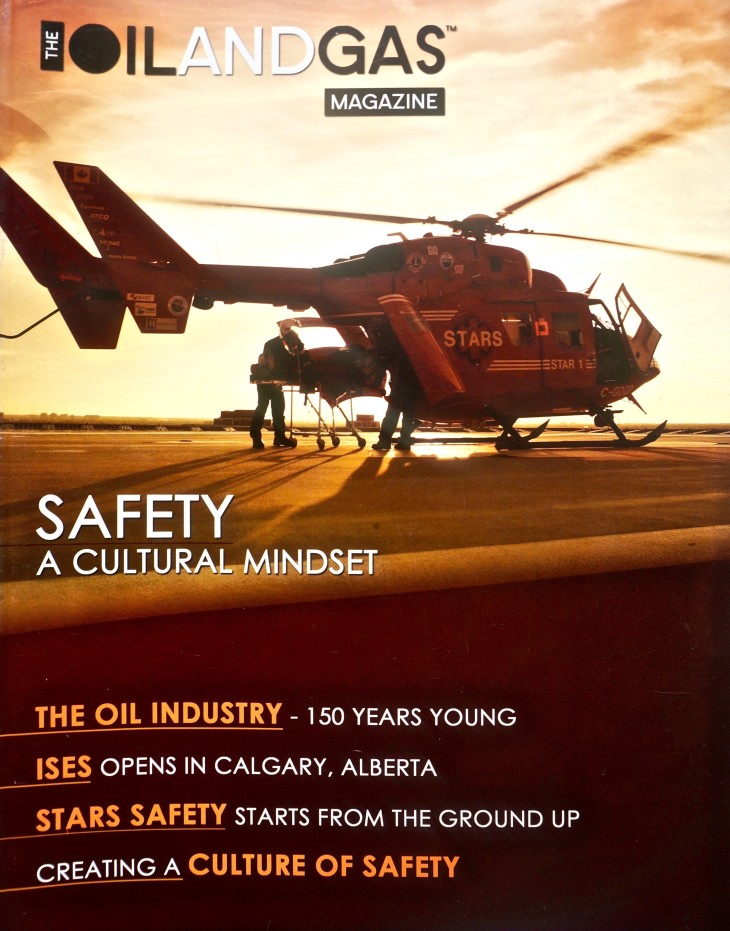
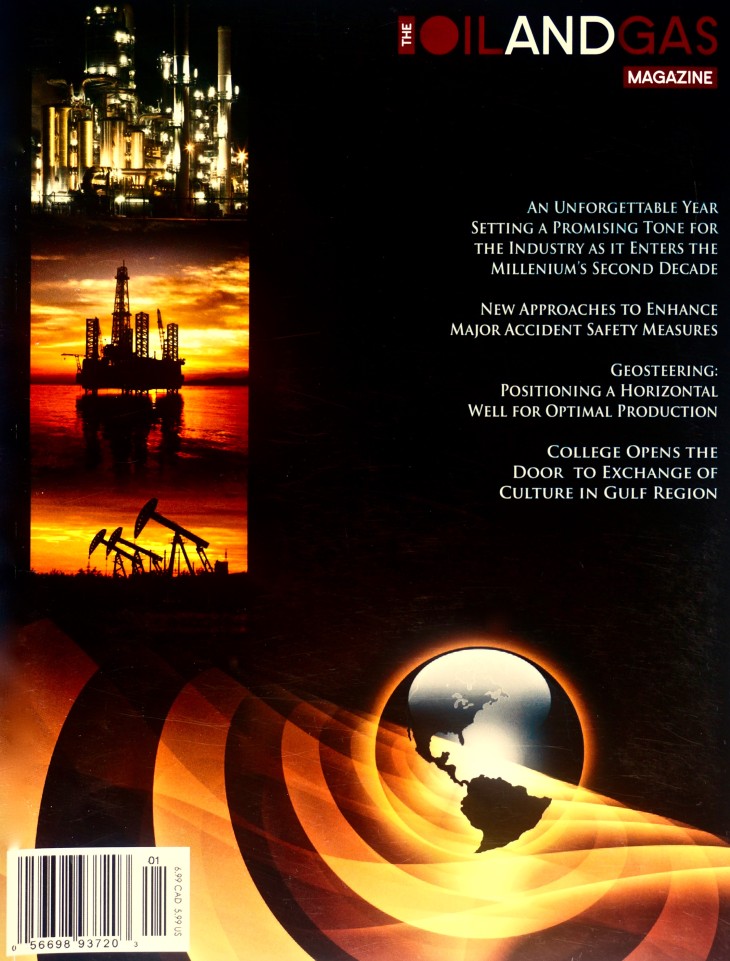
2010 Hibernia Southern Extension approved by C-NLOPB GNL announces Lower Churchill project deal reached.
GNL finalizes its third offshore equity deal, this time for 10 percent of Hibernia Southern Extension development approved by C-NLOPB.
ConocoPhillips completes drilling of its first exploration well on the NL side of the Laurentian Basin
Chevron Canada wraps up drilling its second deepwater exploration well in the Orphan Basin.
Commissioner of the Offshore Helicopter Safety Inquiry releases report on the crash of Flight 491
Legacy Fund established to award scholarships to post-secondary students GNL announces Lower Churchill project deal reached with GNS
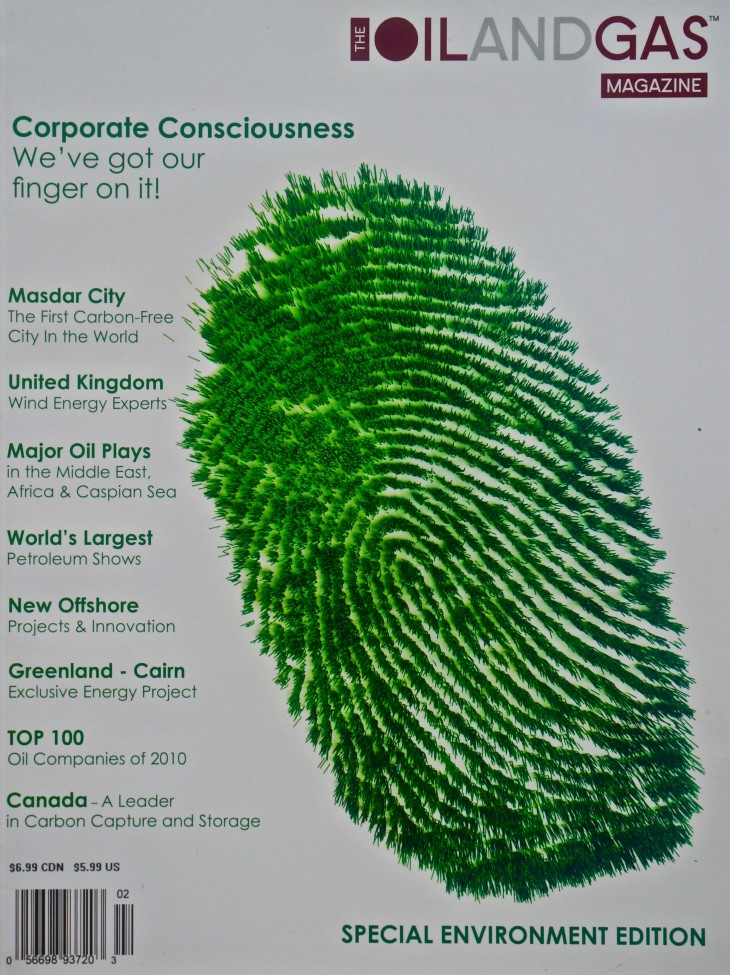
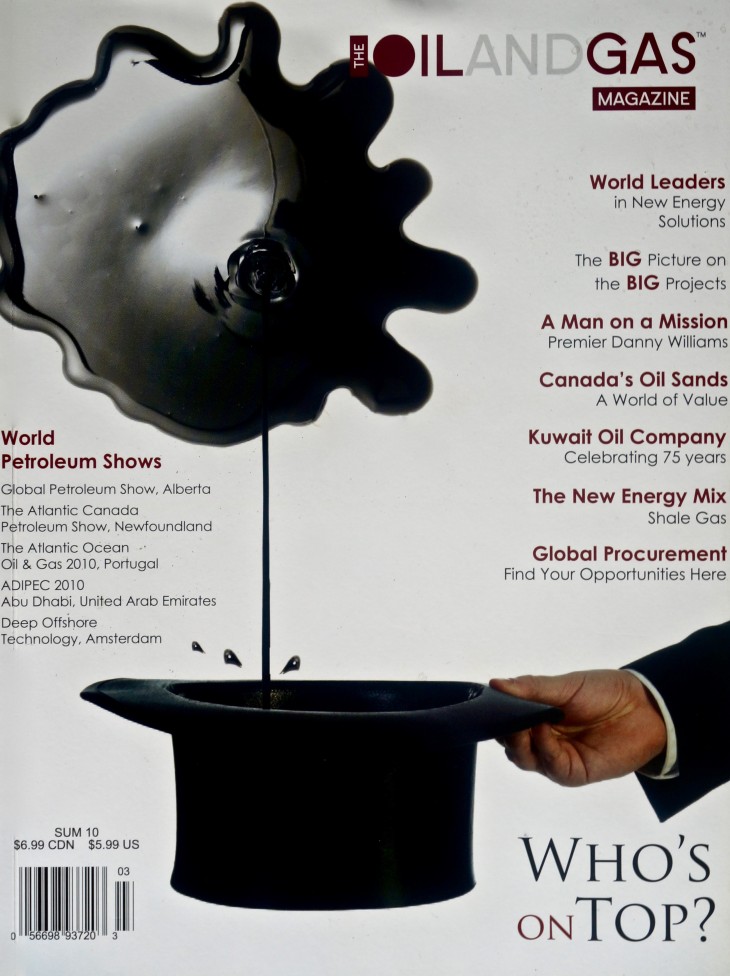
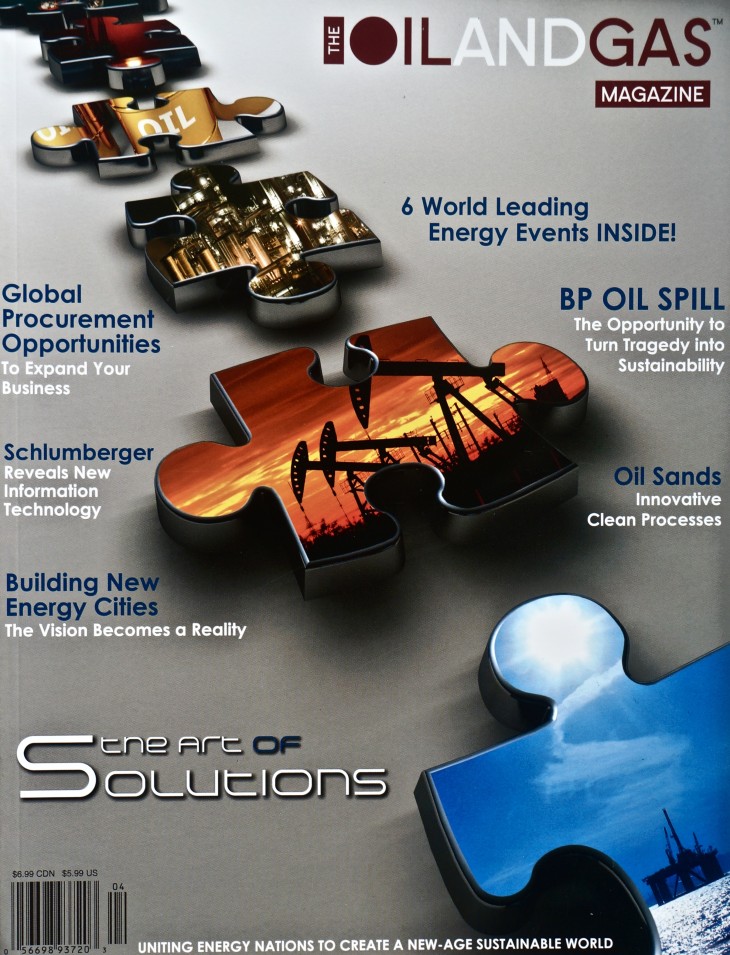
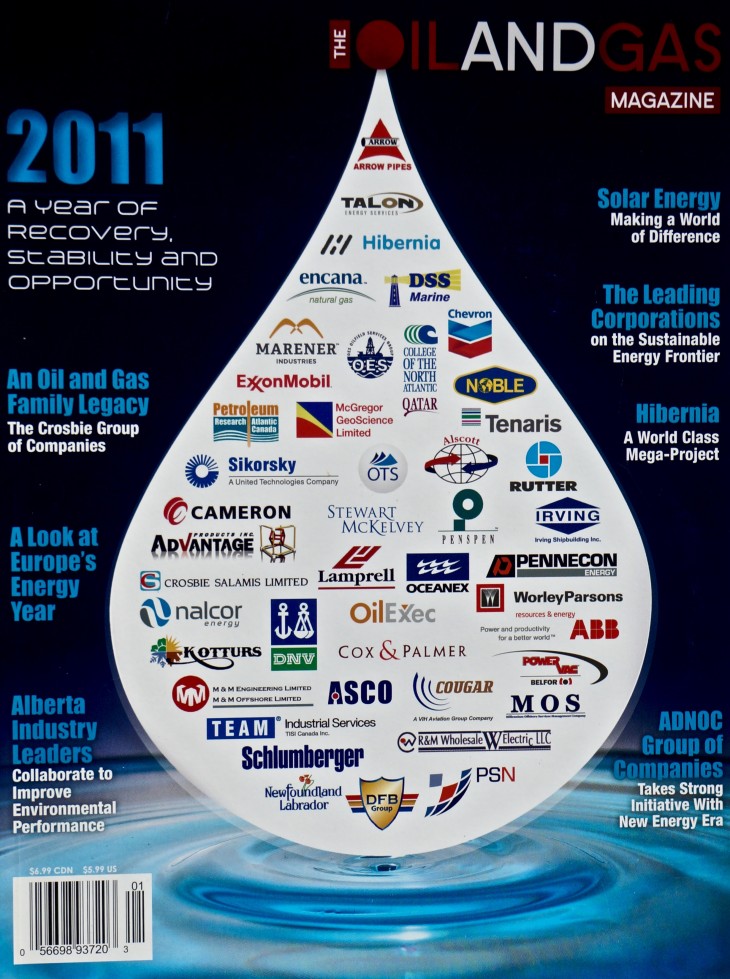
2011 TSB releases investigation report into the crash of Flight 491
Hebron partners submit development plan application to the C-NLOPB
First oil flows from Hibernia Southern Extension
Statoil spuds its second deepwater well, Mizzen F-09, in the Flemish Pass
Hebron Public Review Commission holds public hearings on the Hebron project
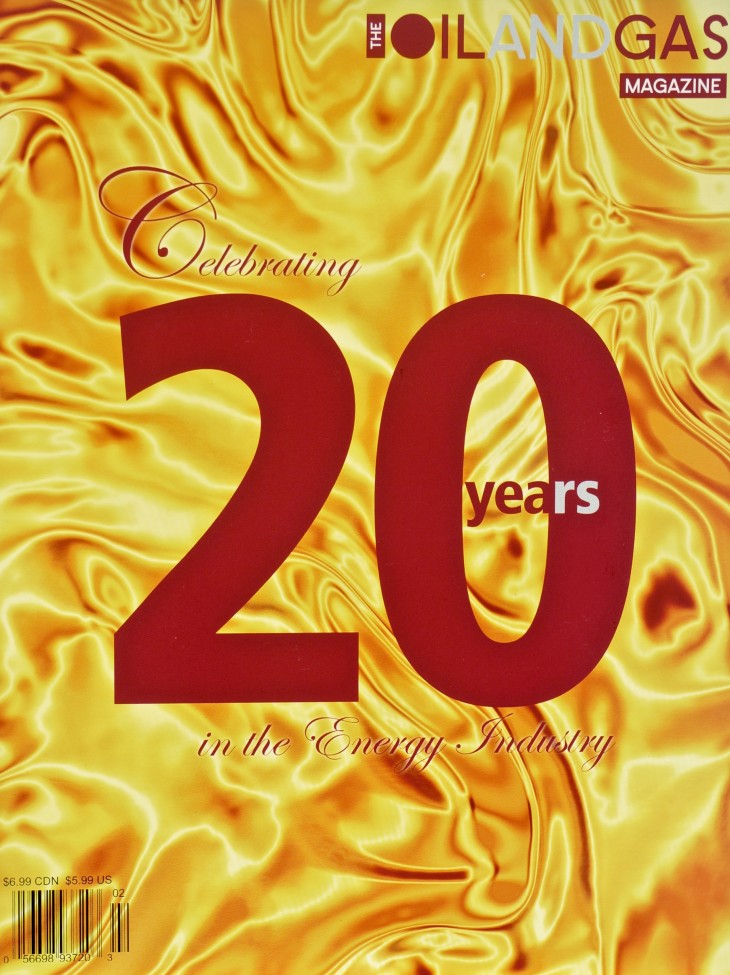
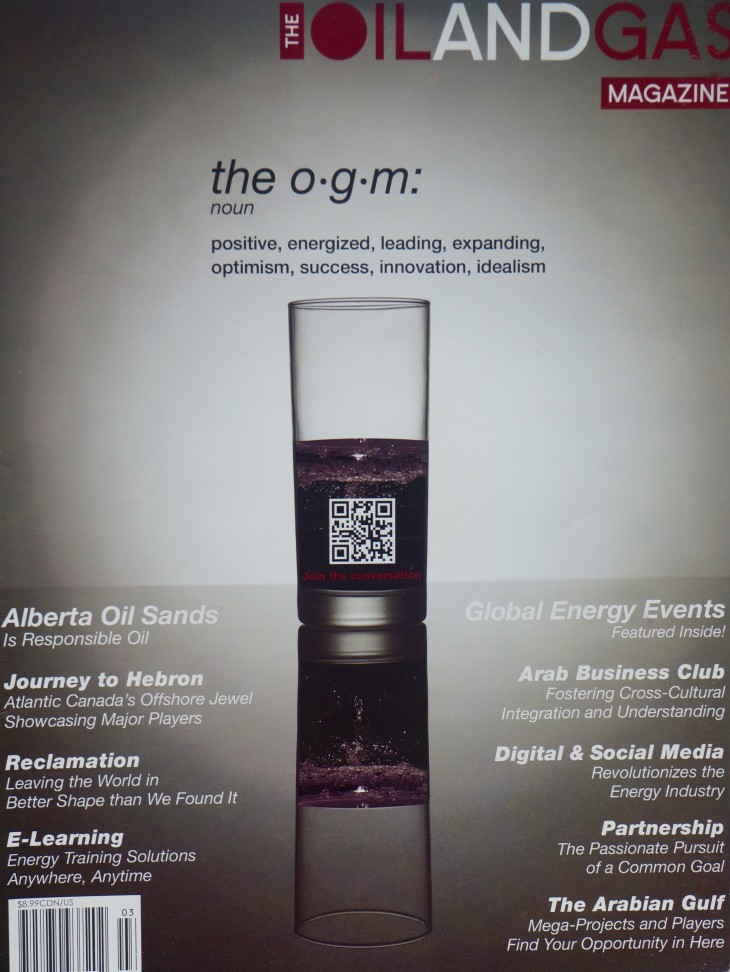
2012 Hebron Public Review Commission issues 64 recommendations in a report approving the oilfield development.
Hebron project receives regulatory green light from C-NLOPB.
Province reaches $150-million settlement with Hebron partners for out-of-province fabrication of drilling equipment set, one of three modules to be built in NL under the 2008 Hebron agreement.
$7.5-billion Muskrat Falls hydroelectric project is officially sanctioned.
$14-billion Hebron oilfield development receives project sanction from partners led by ExxonMobil.
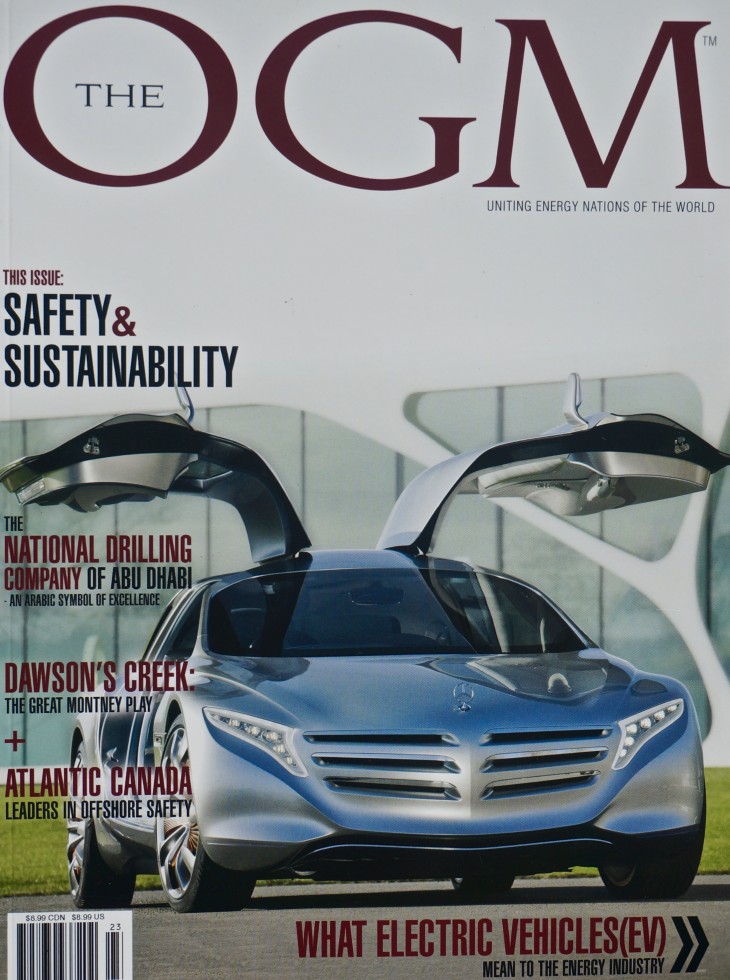
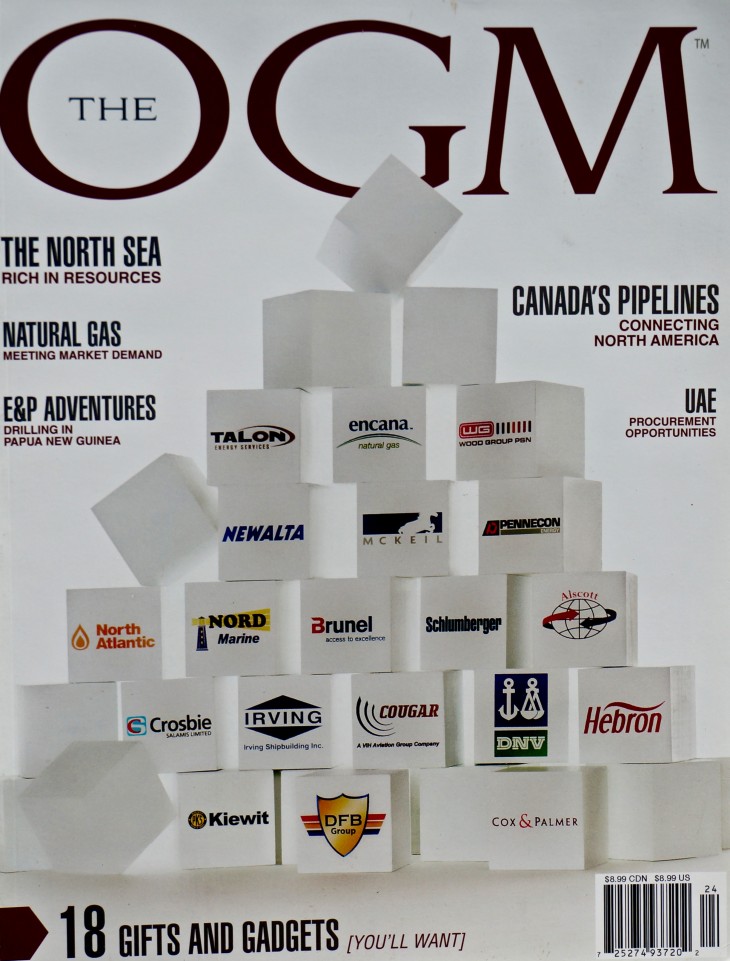
2013 C-NLOPB increases oil reserve estimates for Terra Nova oilfield from 419 to 506 million barrels.
First steel cut for Hebron topsides modules. South White Rose subsea tieback (33 million barrels of oil) receives regulatory approval for gas injection.
Construction of Hebron GBS reaches 27.5 meters in height in August.
Statoil Canada estimates 300-600 million barrels of light crude discovered at Bay du Nord prospect in the Flemish Pass.
Husky Energy announces it will develop White Rose Extension Project using a wellhead platform. Platform’s concrete base will be built at Argentia.
Husky begins construction of a new graving dock at Argentia where the wellhead platform will be built for the White Rose Extension Project.
Stena Carron drillship finishes drilling the Margaree A-49 exploration well for Chevron in Orphan Basin in November; the well was spudded in March.
October 2013: Paint hall extension and other major facility upgrades completed in Marystown for the Hebron project.
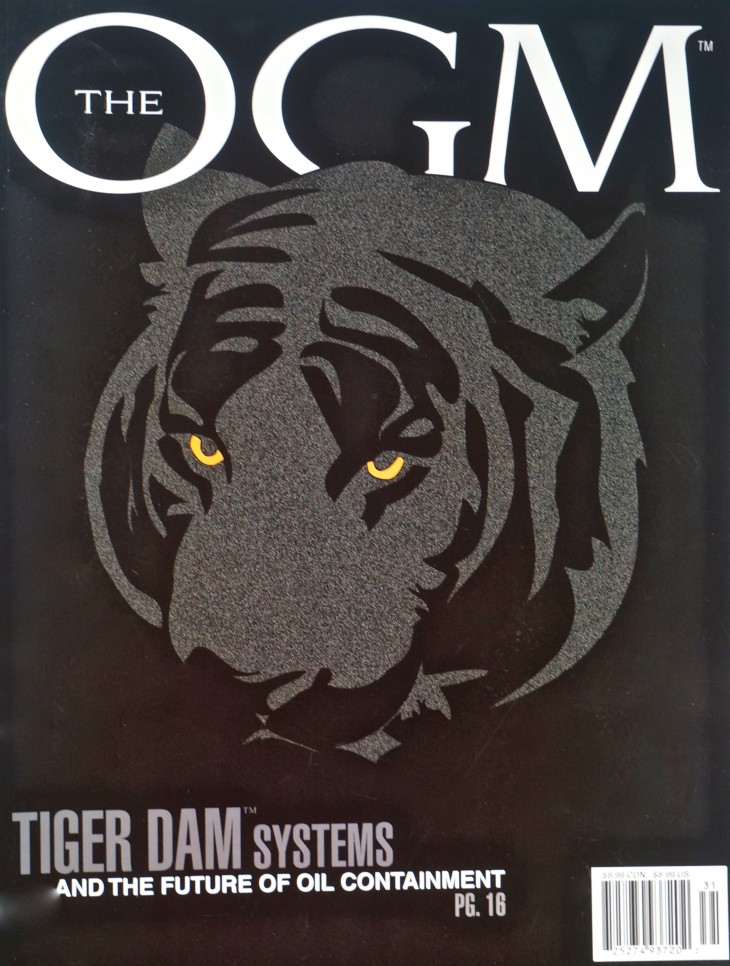
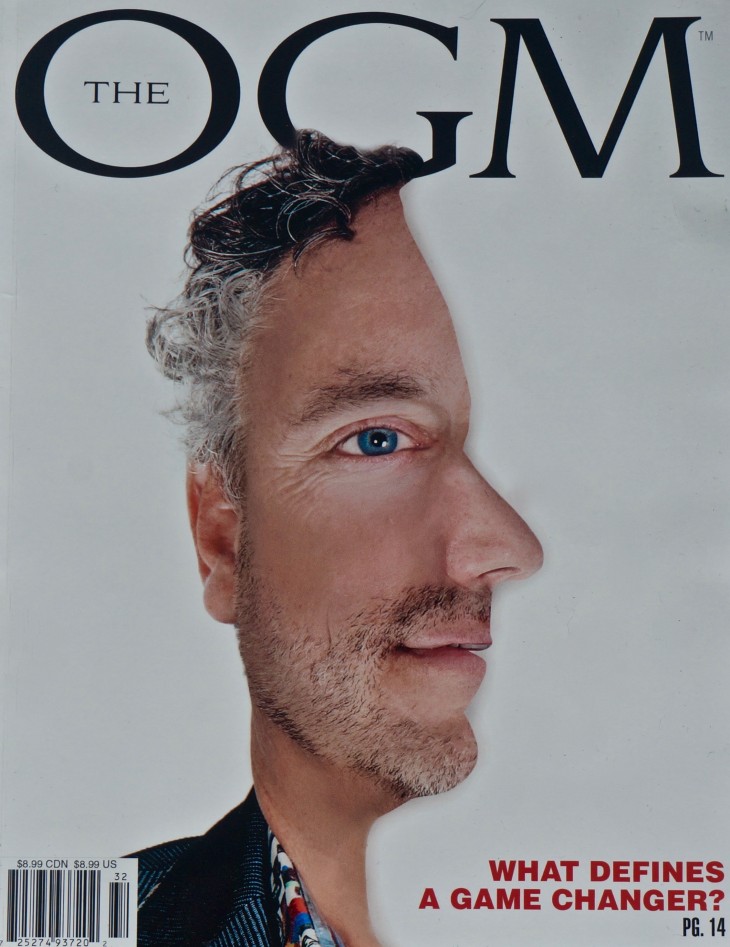


2014 C-NLOPB issues Western Newfoundland and Labrador Offshore Area Strategic Environmental Assessment Update report May 5.
Light intervention vessel Skandi Inspector completes a 40-day program in July to improve hydrocarbon recovery in three Terra Nova wells – a first-time use of LIV technology in the NL Offshore.
180,000-tonne Hebron GBS is towed three kilometers from Bull Arm drydock to a deepwater construction site in Trinity Bay on July 22.
Subsea production equipment was installed for South White Rose, the second satellite development at the White Rose oilfield.
C-NLOPB issues Eastern Newfoundland Strategic Environmental Assessment final report August 5.
C-NLOPB releases the White Rose Extension Project public review report on September 29.
The provincial government appoints a five-member independent panel on October 10 to review hydraulic fracturing in Western Newfoundland.
Seismic data acquisition in the NL Offshore reaches a 30-year high with a collection of 36,973 line kilometers of 2D data. As well, 3,187 square kilometers of 3D data were acquired.
In December, C-NLOPB announces the largest bid received for a single offshore parcel in the NL Offshore – $559 million in work commitments from ExxonMobil, ConocoPhillips, and Suncor Energy for EL 1135 in the Flemish Pass.
C-NLOPB increases its reserve estimate for the Hibernia oil field by 249 million barrels to 1.644 billion barrels; the previous reserve estimate was 1.395 billion barrels.
Husky Energy announces a one-year delay on December 17 in project sanction for White Rose Extension Project.
Husky will identify cost efficiencies with the proposed wellhead platform to develop West White Rose and also consider a subsea development option.
World oil prices drop by 50 percent in the last half of year, the steepest price decline since the 2008 financial crisis.
Drill rig West Hercules spuds first well (Bay de Verde F-67) November 4 in Statoil Canada’s 18-month drilling program to appraise the Bay du Nord discovery in the Flemish Pass.
Rig Henry Goodrich spuds its last well (Aster C-93A in southern Flemish Pass) on December 19 in the NL Offshore for Husky Energy.
Hebron’s structural fabrication of the lower and intermediate decks continued. In total, 4 decks will comprise the DSM structure. Multi-discipline outfitting of the DSM began in the 2nd quarter of 2014.
2014-2015: Derrick Equipment Set – fabrication for the Hebron Project and HebronUtilities/Process Module fabrication took place from 2014 – 2016.

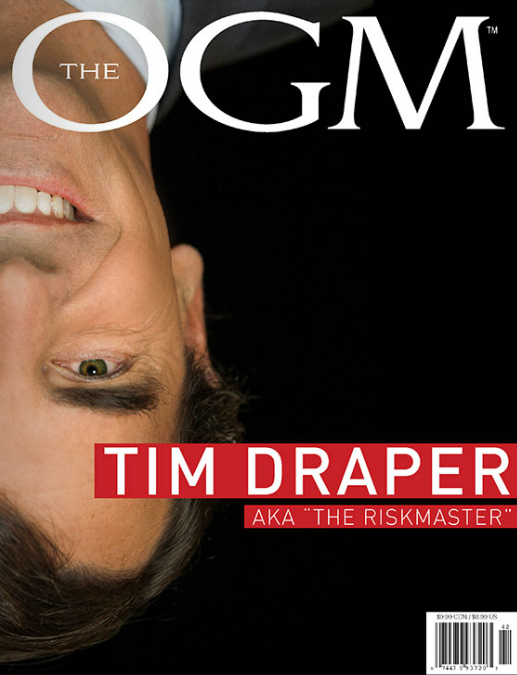

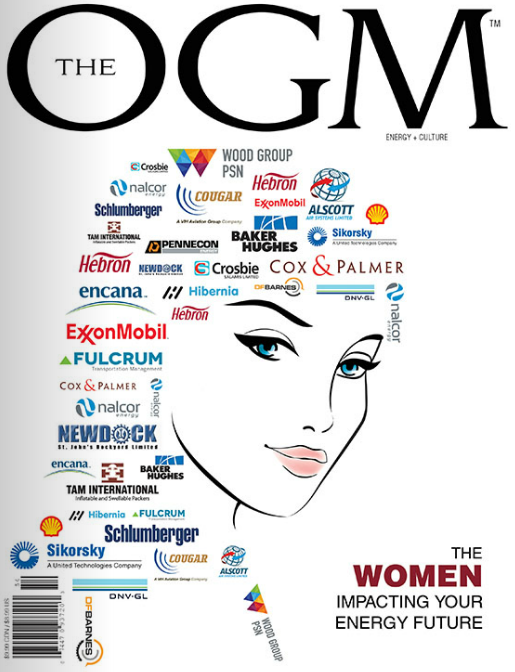
2015 The Canada-Nova Scotia Offshore Petroleum Board authorized a Shell Canada Ltd. drilling plan in the Shelburne Basin.
Results of a seismic study of 11 parcels of land up for bids in November 2015, offshore Newfoundland show the potential for up to 12 billion barrels of oil, with a market value of up to $600 billion.
Oil companies committed to spending more than $1.2 billion on exploration in a frontier area of Newfoundland offshore. This round of bids marked the biggest-ever combined amount of revenue for exploration in the region. There were 11 parcels of land totaling 2.5 million hectares around the Flemish Pass basin. Bids were submitted and accepted for seven of the land parcels.


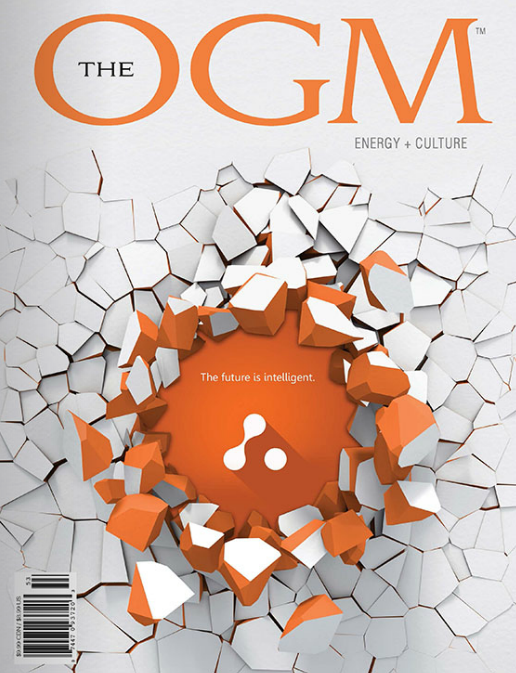
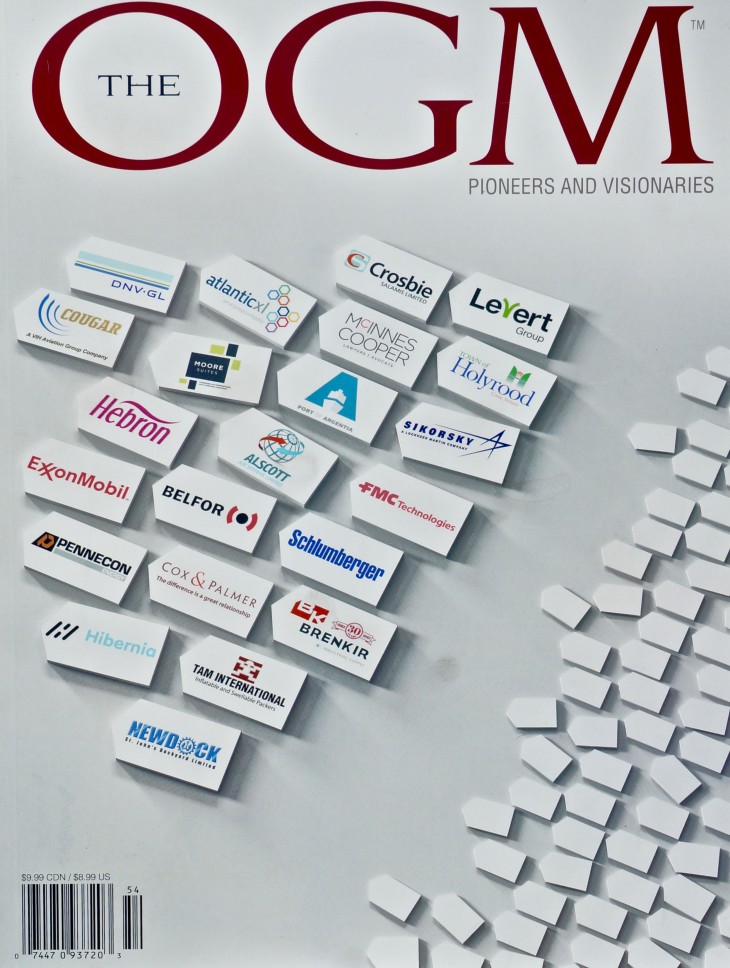
2016 Hook-up and commissioning of the Hebron project. Scheduled for production in 2017.

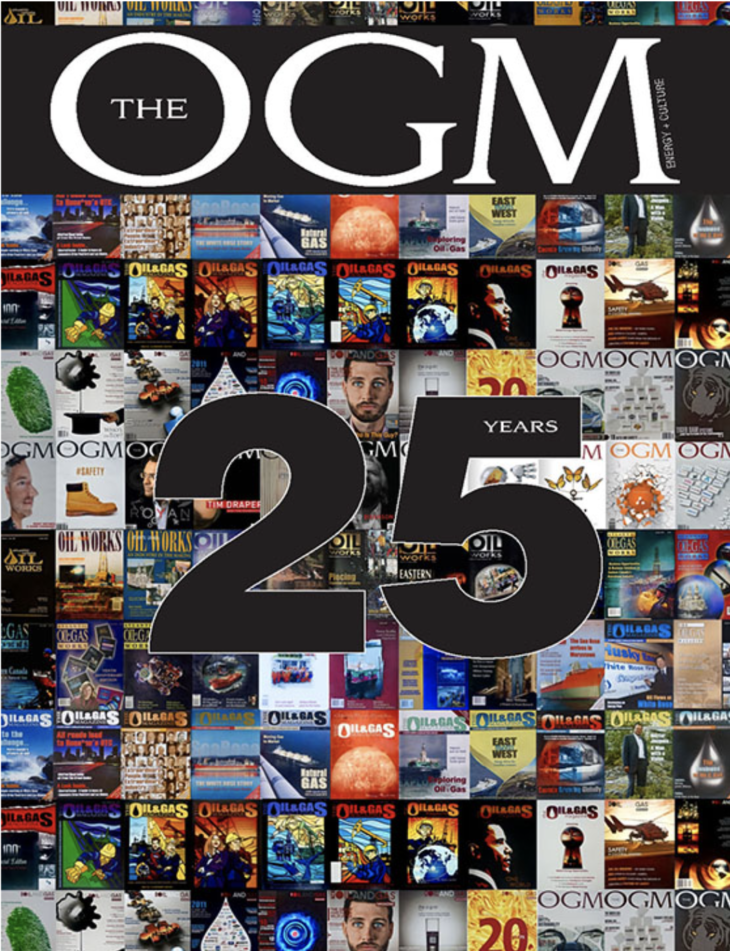
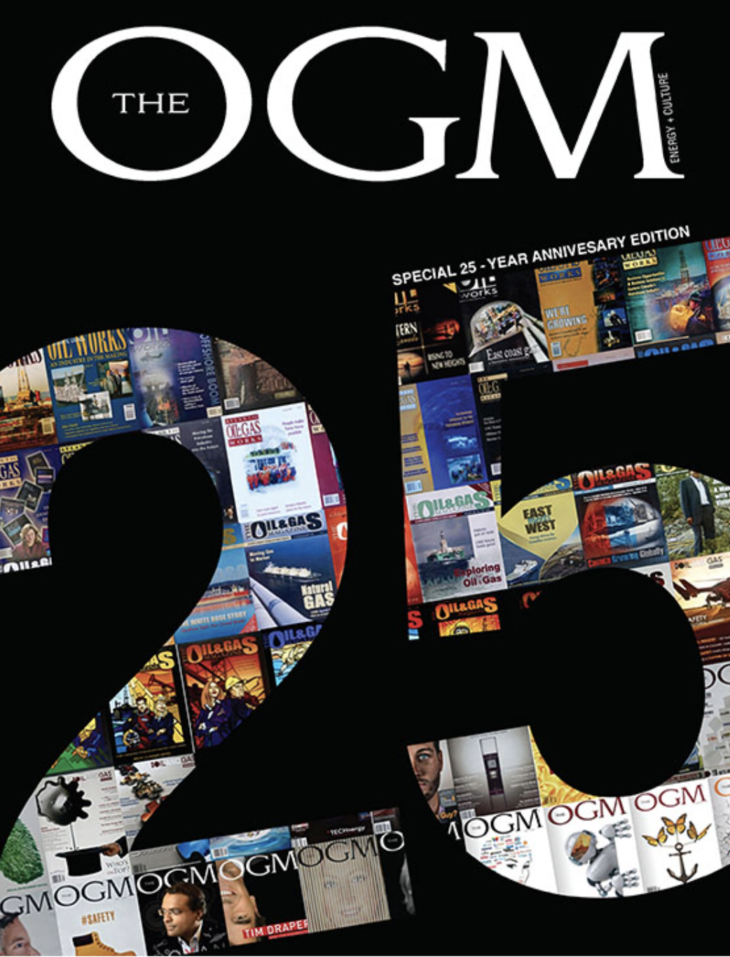
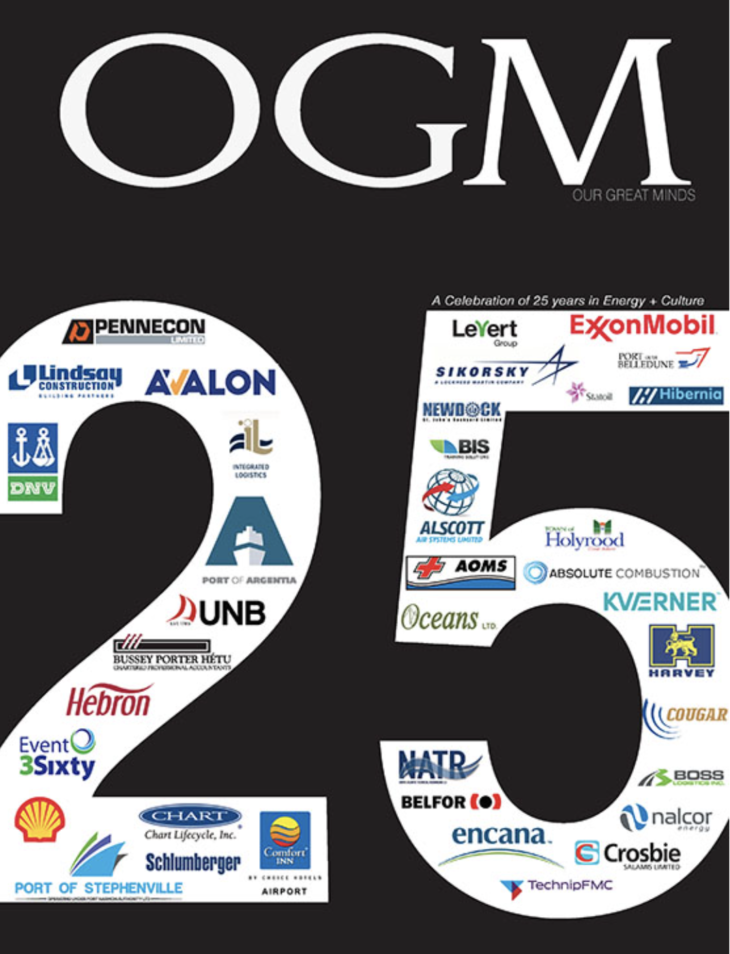
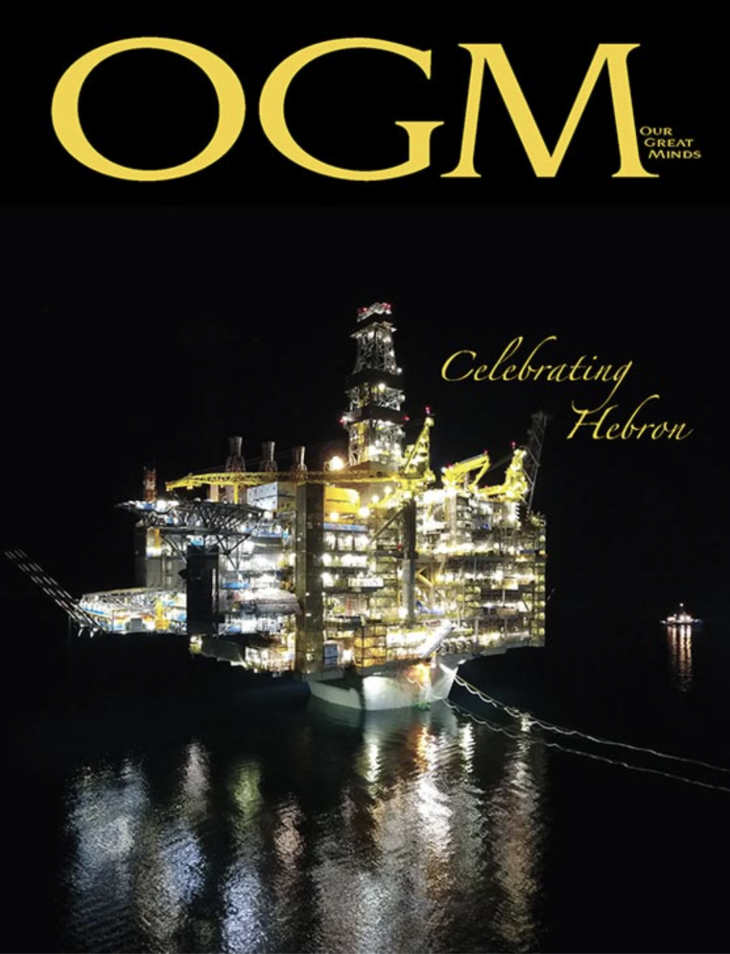
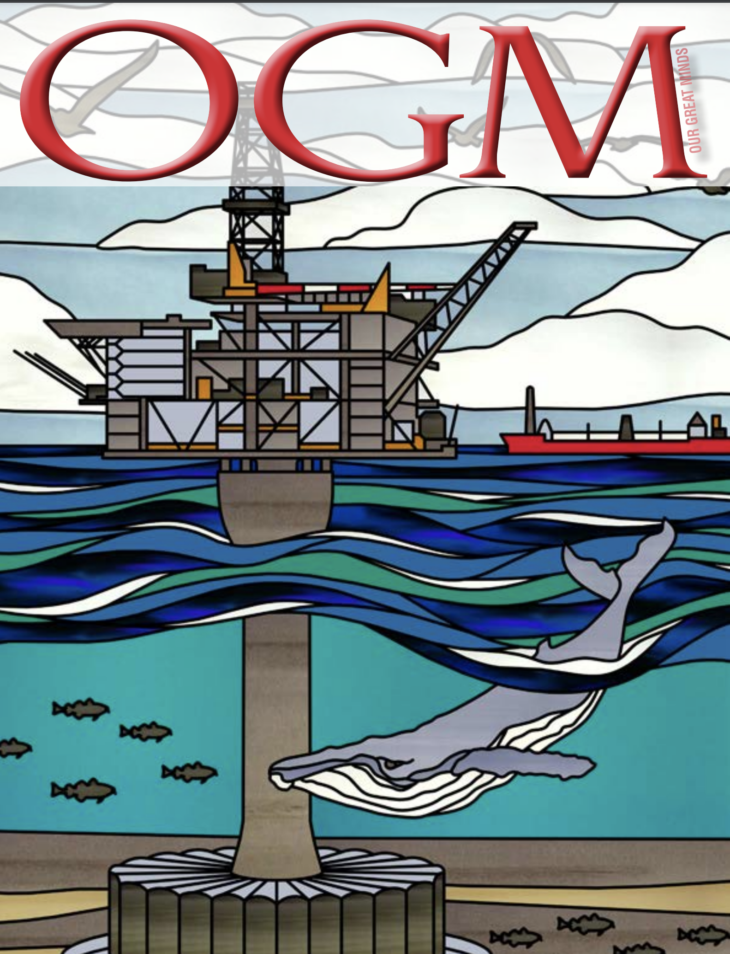
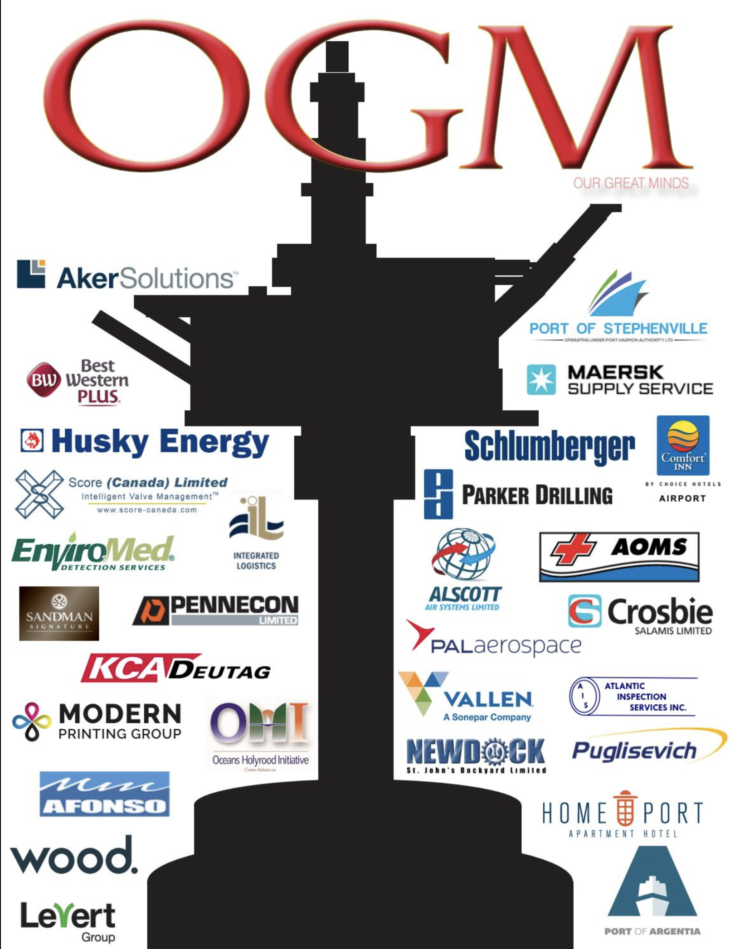

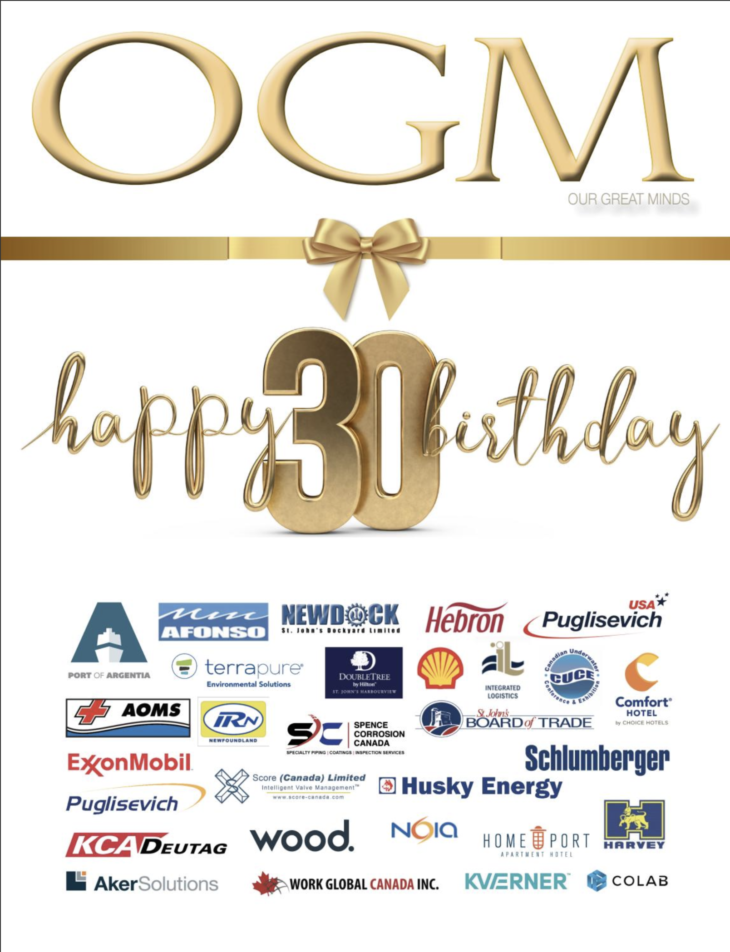
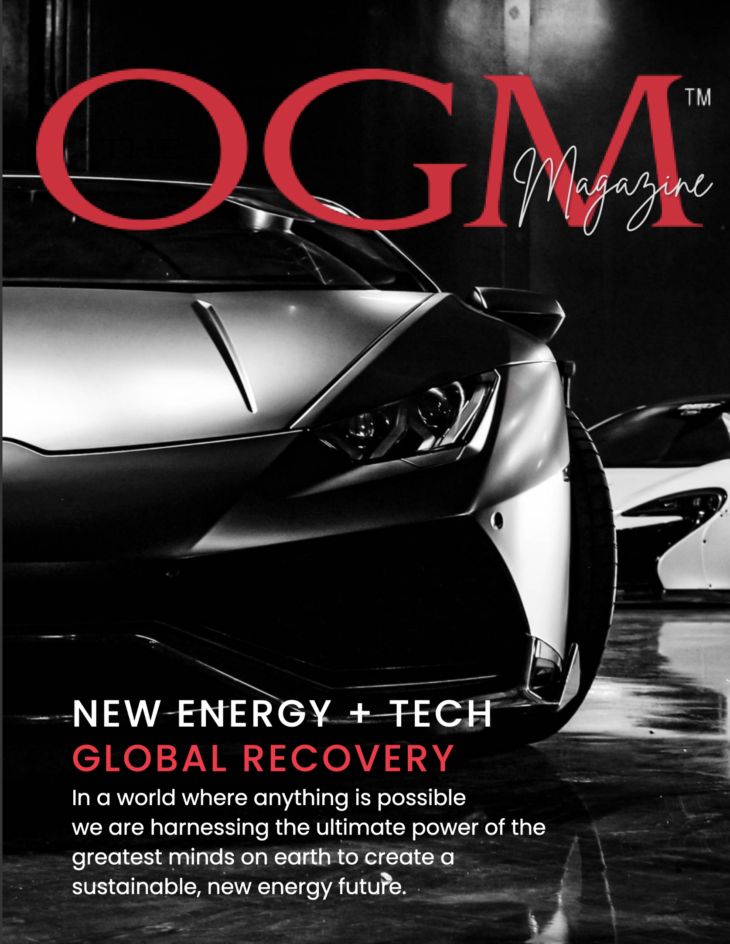
As years passed and projects progressed we experienced challenges with Covid 19 and Climate change.
With these challenges came many new solutions, a new attitude about development, and a welcome consciousness for the planet.
As soon as Covid hit, the silver lining of the global pandemic also emerged. While the world was falling apart at the seams, some people were sewing it back together again with random acts of kindness and unprecedented care for our animals and the planet.
The pandemic paved the way for millions of people to find beauty in the toughest of places.
During Covid 19, the business world changed dramatically. Some companies went out of business entirely while others adapted to the challenges at hand. People found new ways to connect and conduct business on Zoom and other online platforms. It was a natural course of correction that took the world from our old ways into the new online, globally connected world, ultimately setting us up powerfully for the future to come.
The online world boomed.

Fossil fuels proved to be a less favorable option for energy because of their environmental impact. Climate change was real and the world had to respond. The OGM mobilized to respond as well, quickly becoming a paperless publication and a culture that planted trees rather than cutting them down for paper. Why would we use paper, when everything was now digital?
This era launched The OGM flipbook edition that ultimately allowed the publication to have a global readership of energy readers reaching all areas of energy development. It was a time of transition, growth, and globalization.
For the energy industry, what was readily apparent, was that there was no single solution to climate change, and the most effective approach will likely involve a combination of different strategies, called the new “energy mix”.
Reducing greenhouse gas emissions is widely considered to be the most important step we can take to address climate change. This is achieved through a variety of measures, including:

There are many technologies that help address some of the environmental challenges facing the planet. Some examples include:
The OGM, now OUR GREAT MINDS, repositioned the brand to provide the world’s leaders in climate change innovation with a platform and a voice to make a difference.
New advances in the oil and gas industry allowed us to be more climate-conscious. New energy modalities brought in sustainable energy solutions. The world changed rapidly to accommodate the climate change battle. Stringent climate change goals were set around the globe. As a result, a tidal wave of new energy innovation emerged and much more is on the horizon. These are unprecedented times, with unparalleled opportunities!
What will the next 30 years look like for TheOGM.com?
Only time will tell. But what we can say for sure is that the new innovation, new processes, and new commitment to the planet, is a sustainable mindset and commitment that we will be publishing and sharing with the world. We are embracing new energy modalities, technology, AI, and all the tools of the future that will make this world a better place for all of us. Just because we can’t tangibly see or know the future, doesn’t mean it’s a scary place to go. Quite the contrary, erase all the bad news, focus on what’s possible, see the opportunities, build sustainably, and HAVE FUN. That’s what’s going to make all the difference.
As we unleash the solutions that create a sustainable planet for our kids, we inspire all others to do the same.
Join us in the transition to renewable energy. We will help you tell your story and we’ll share your solutions with the world.
Over and out,
Tina Olivero
Tina@TheOGM.com

Did you enjoy this article?